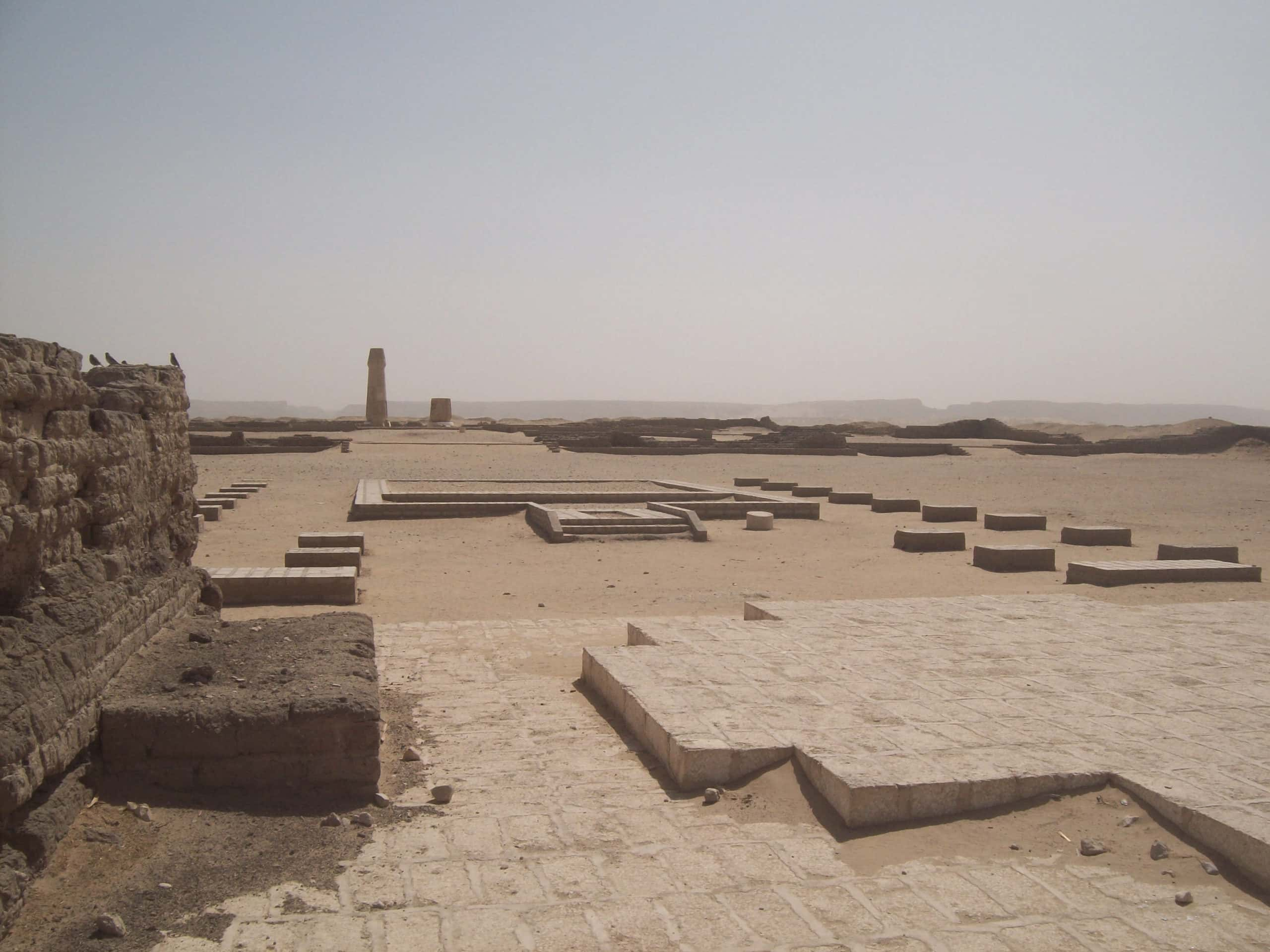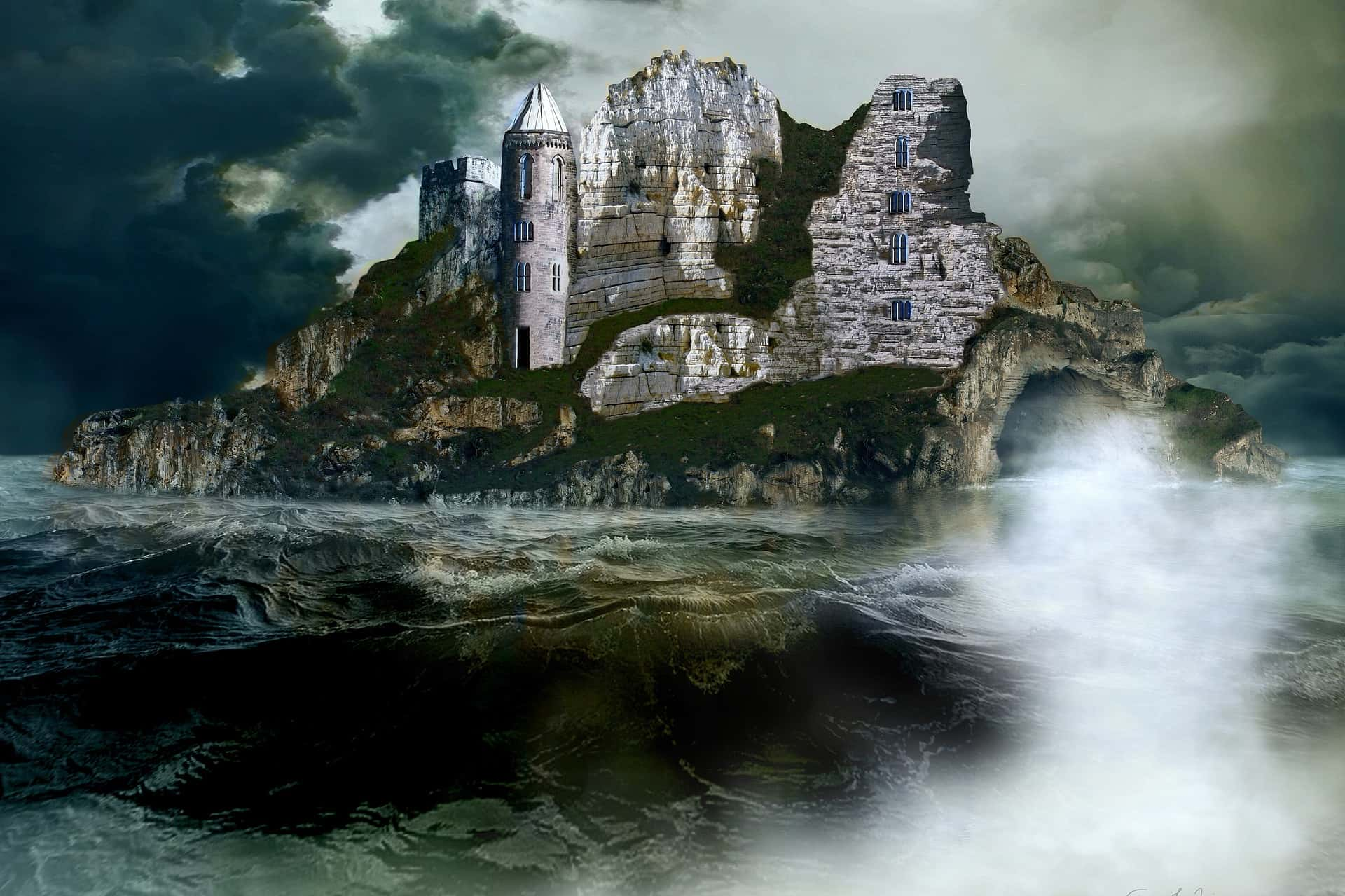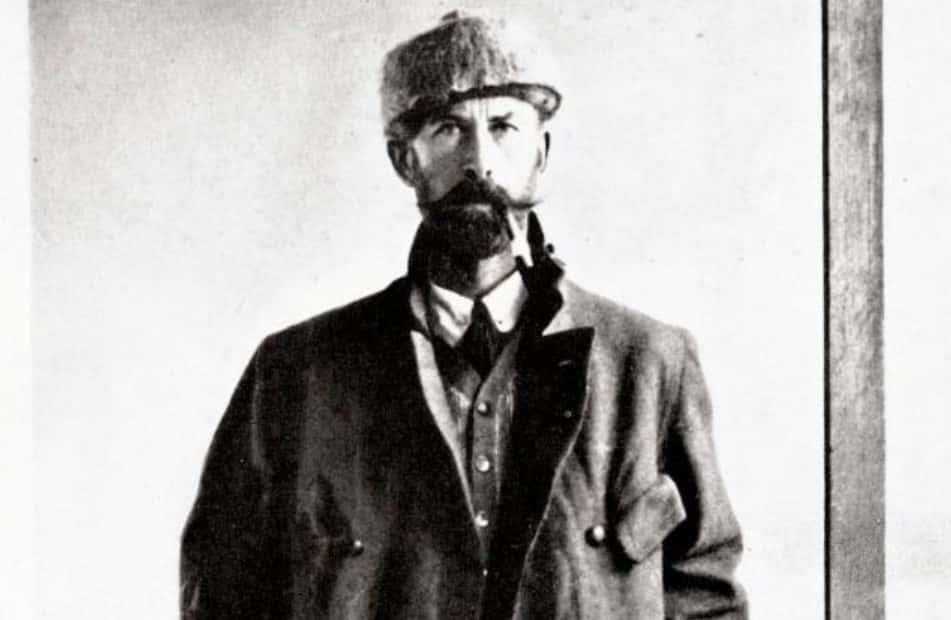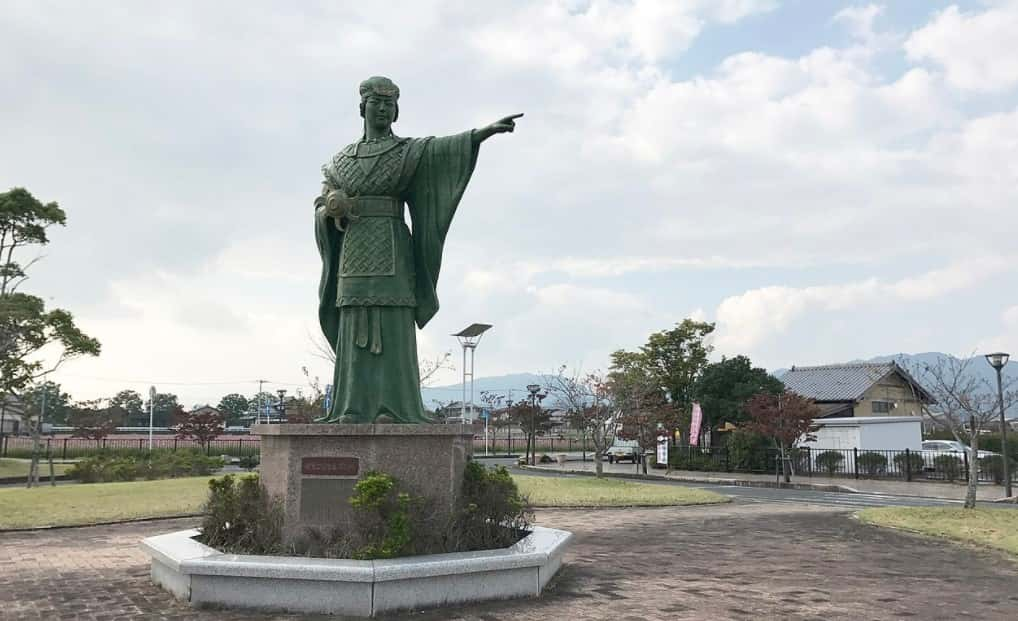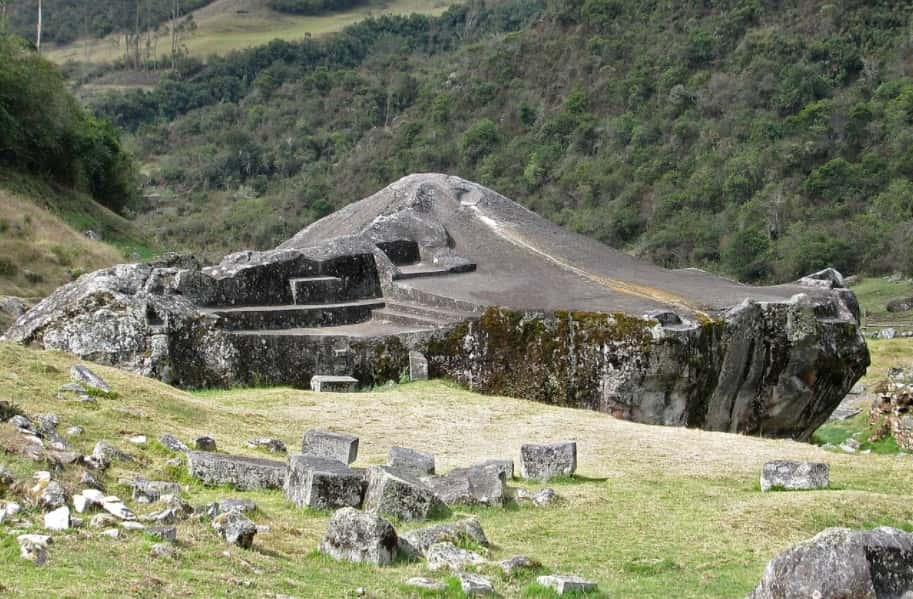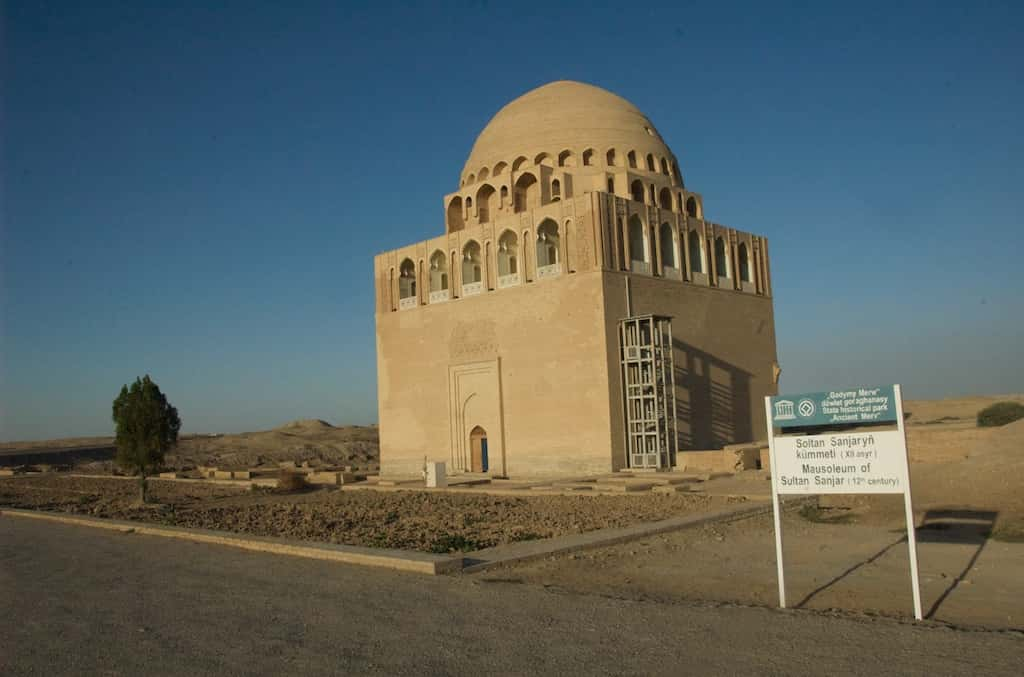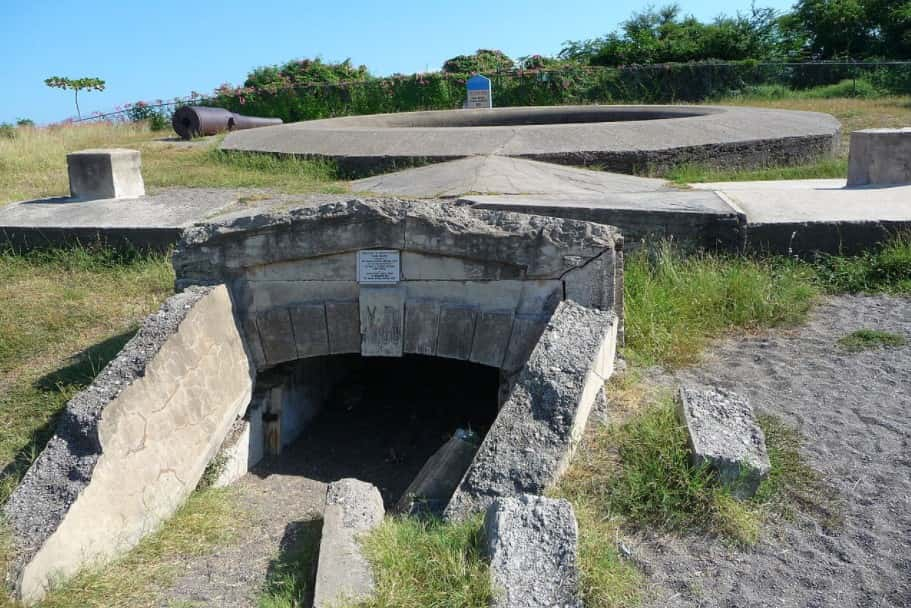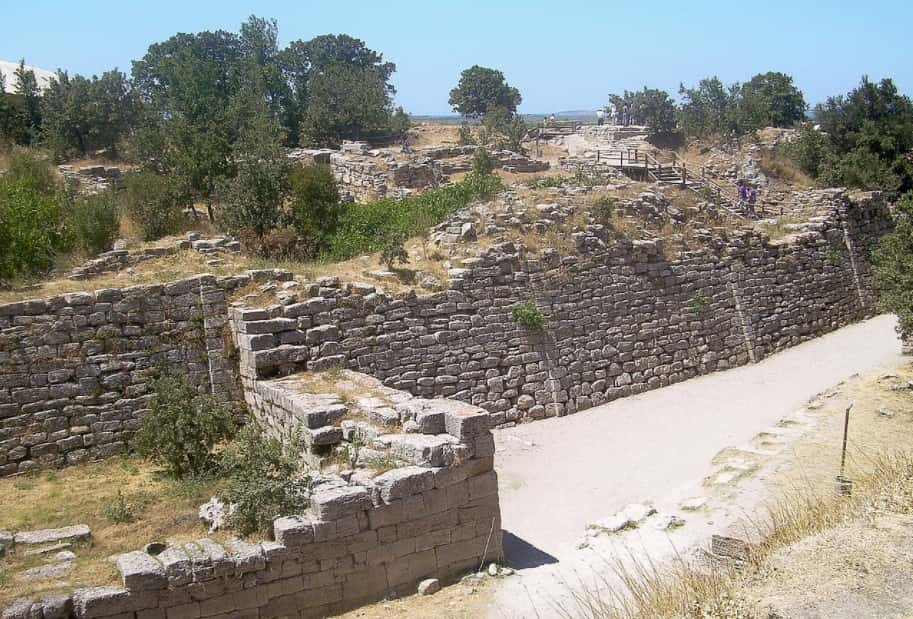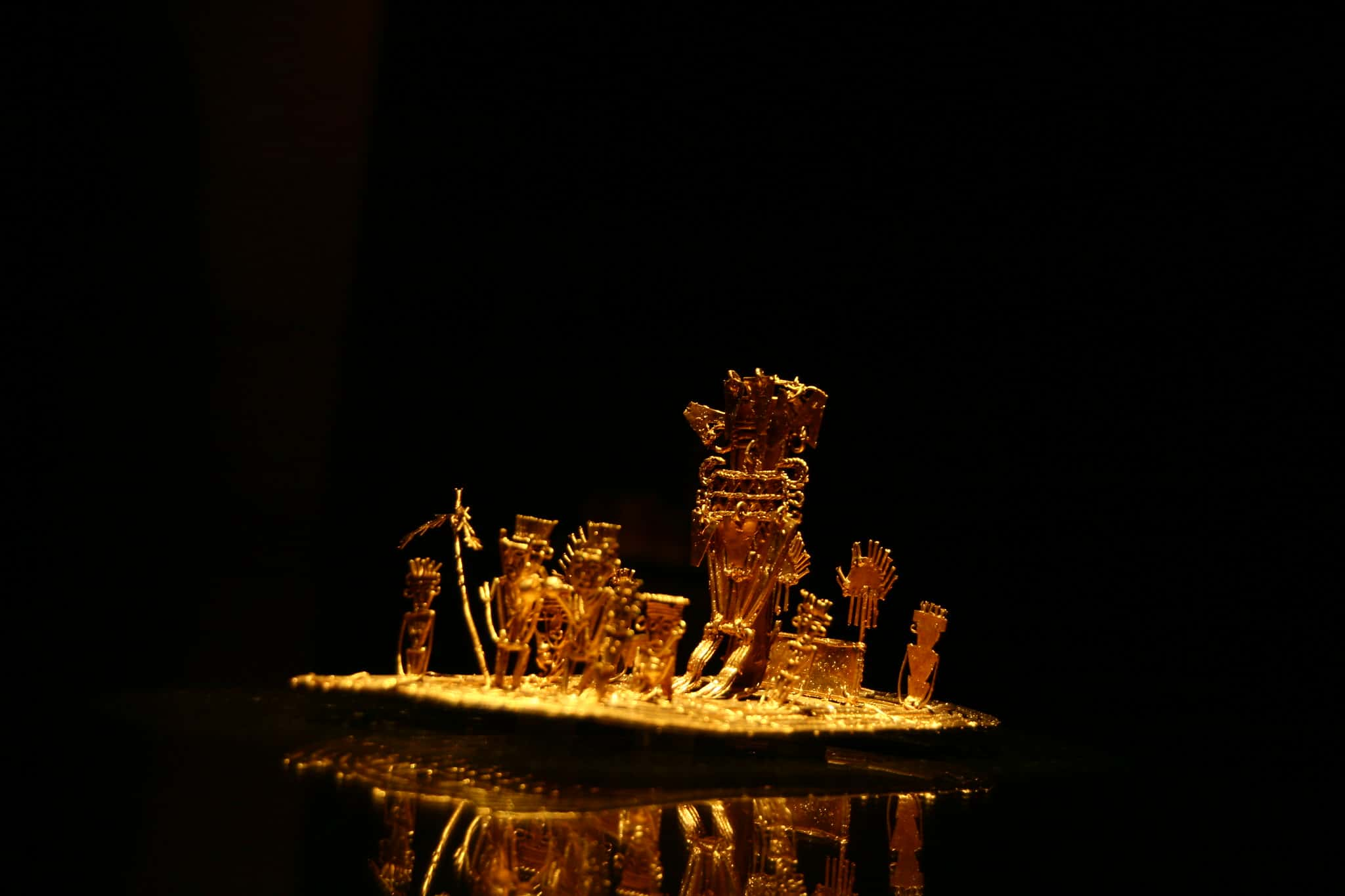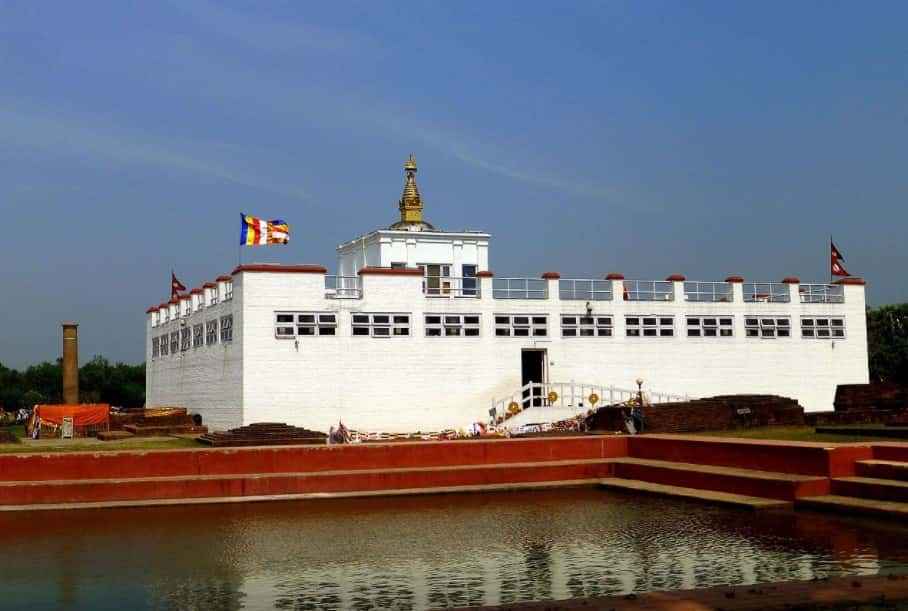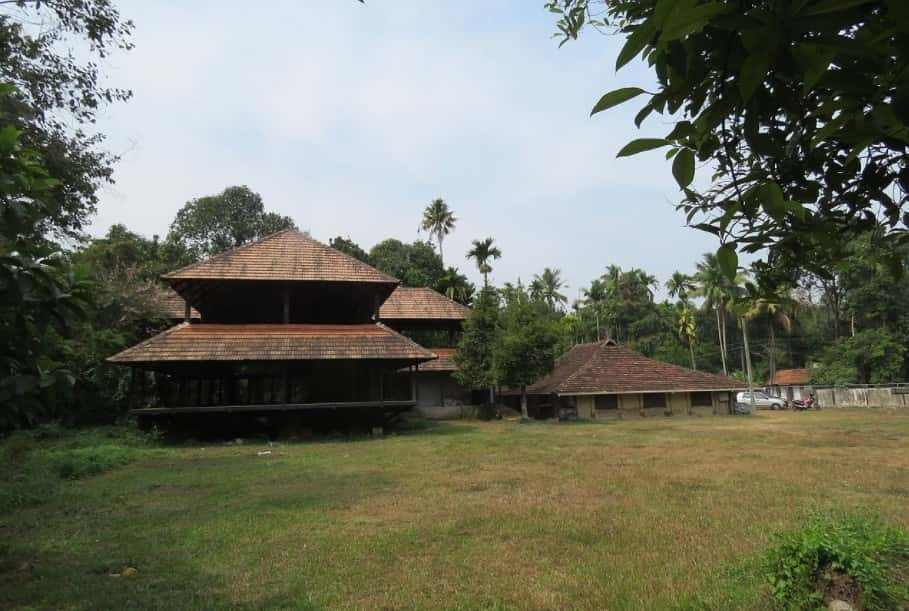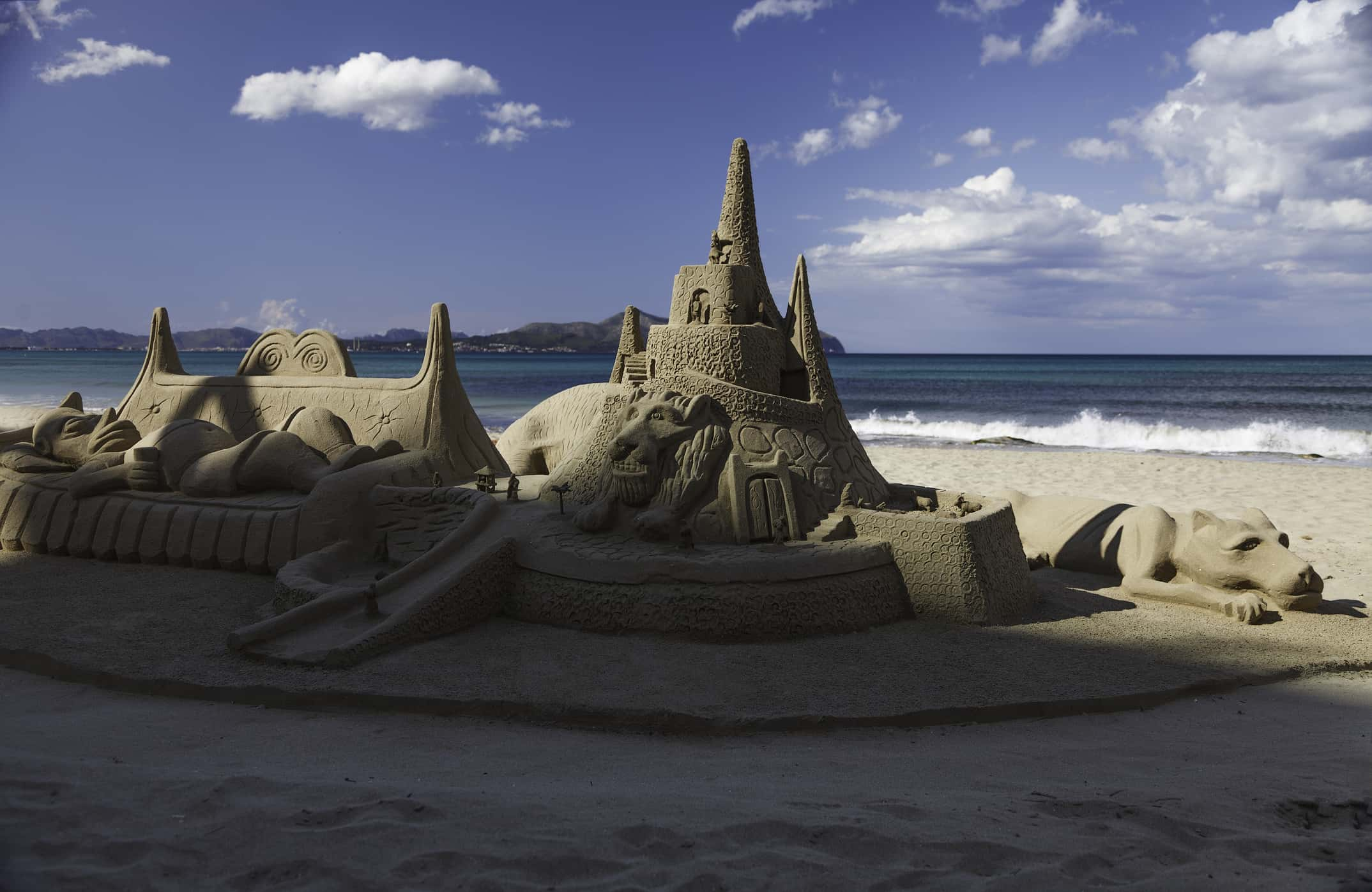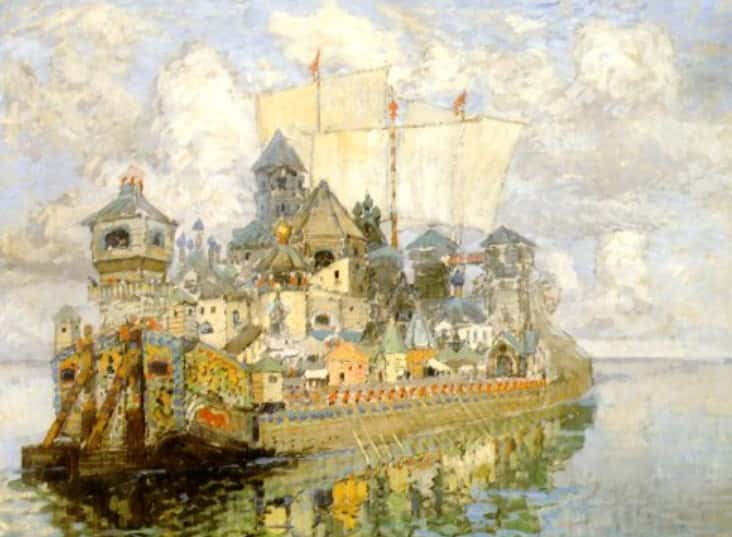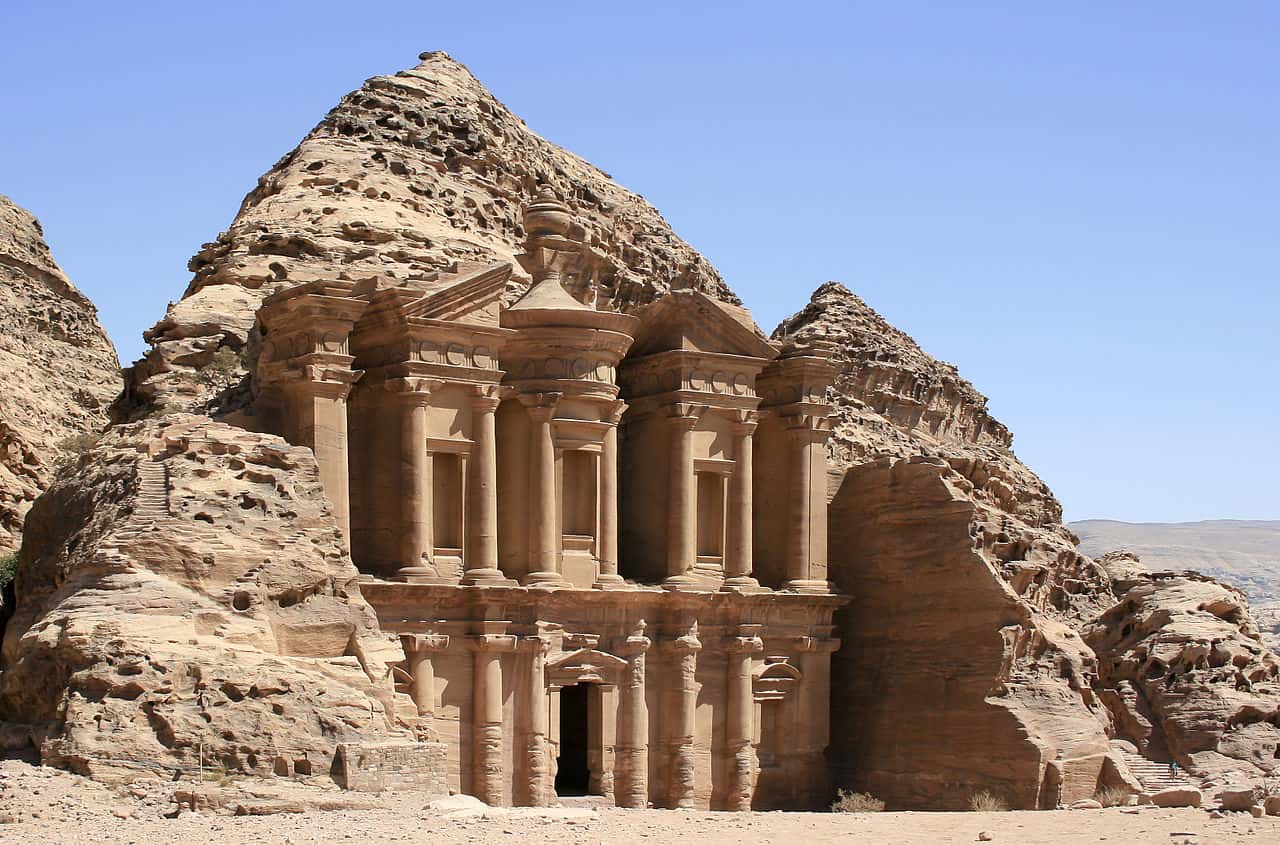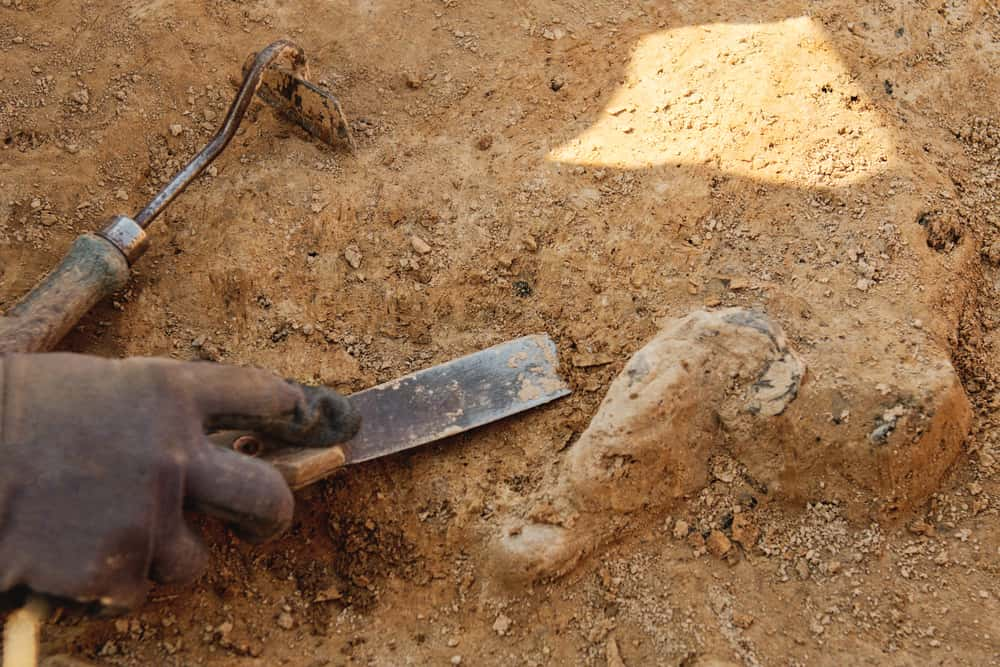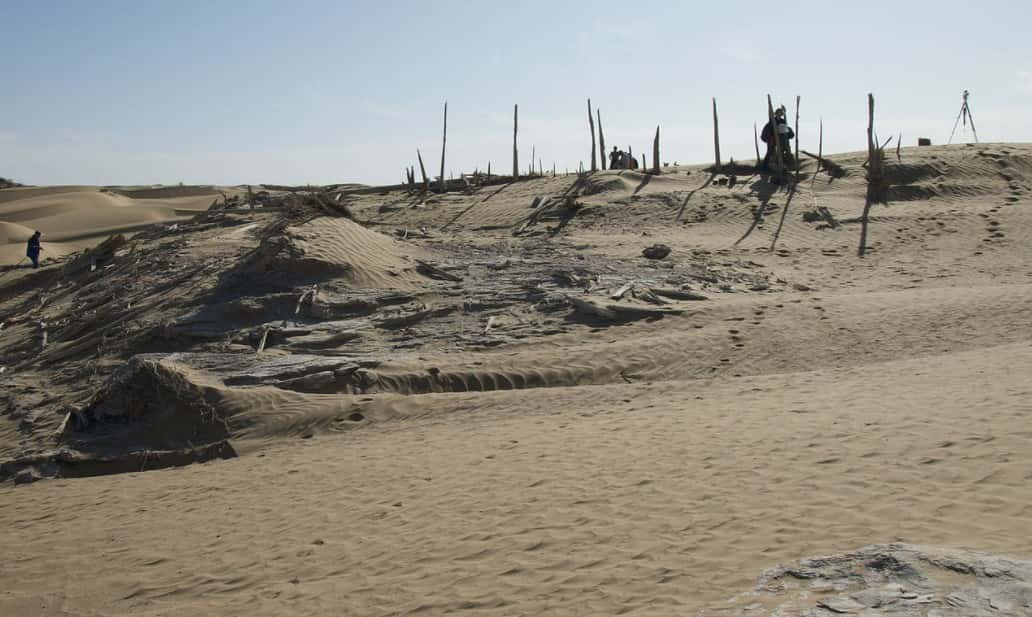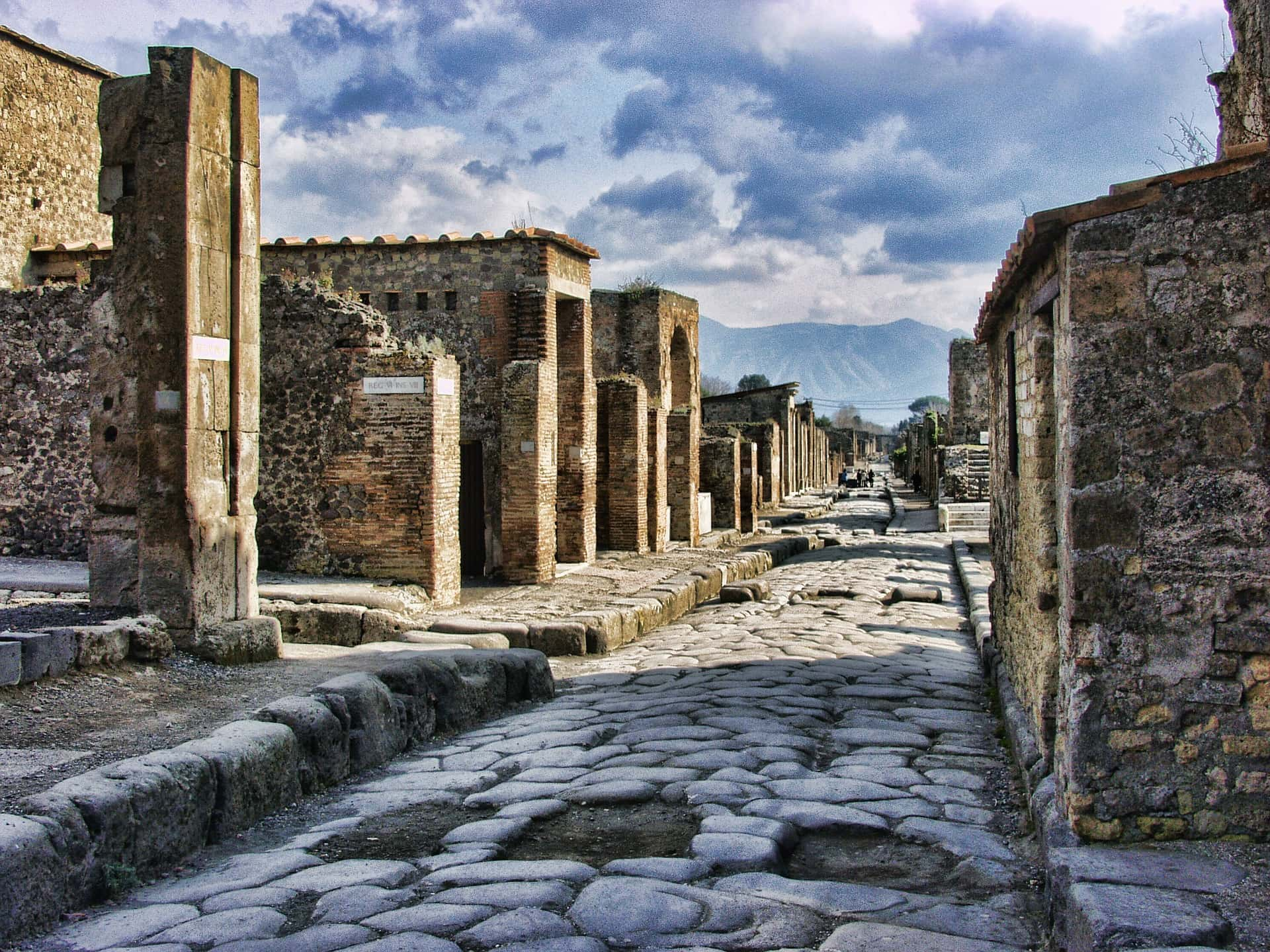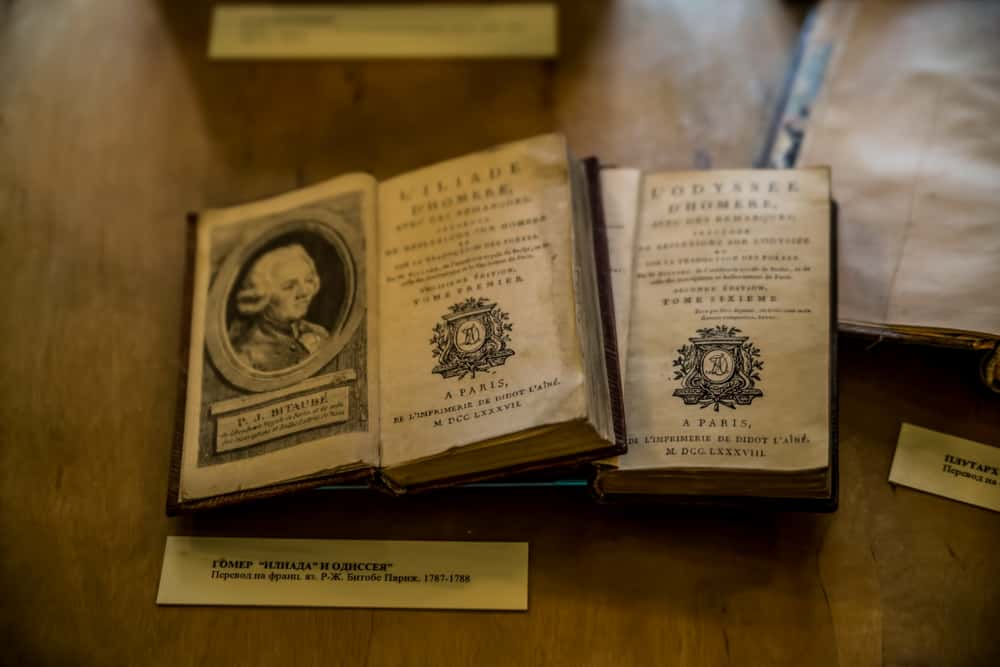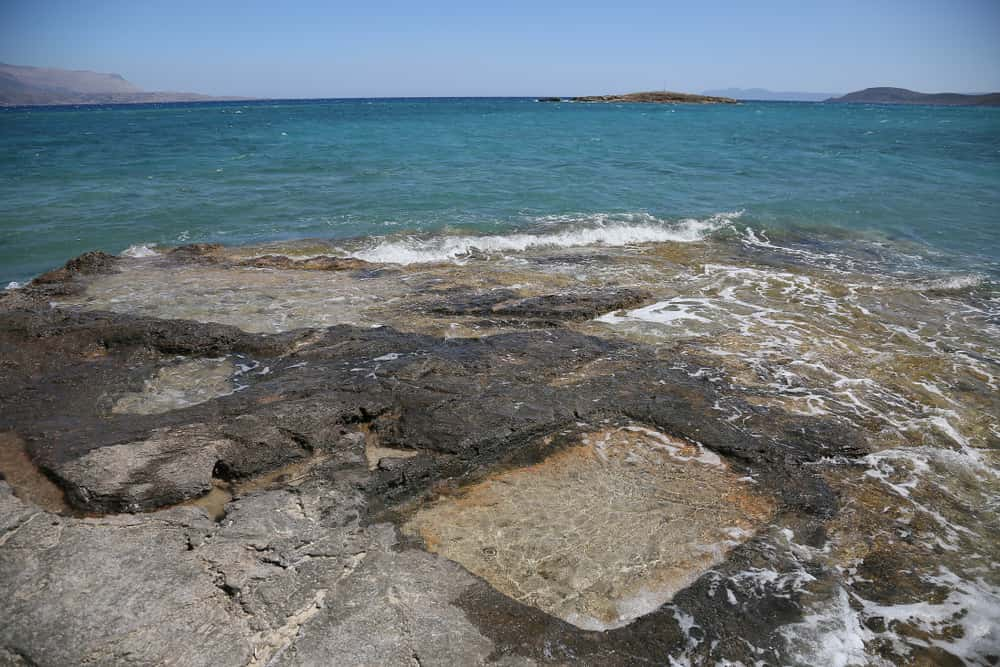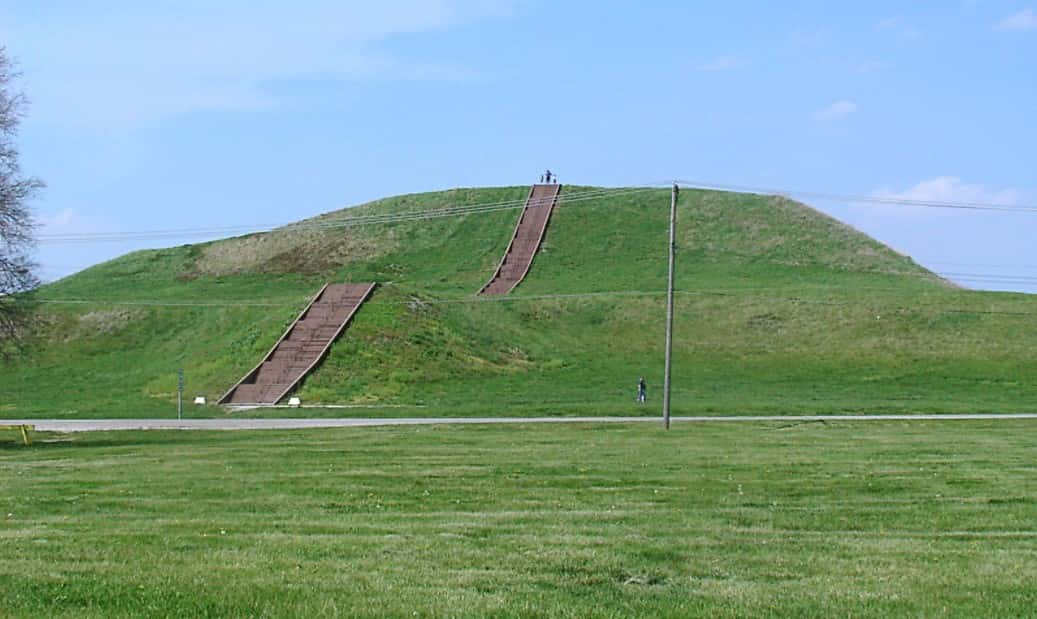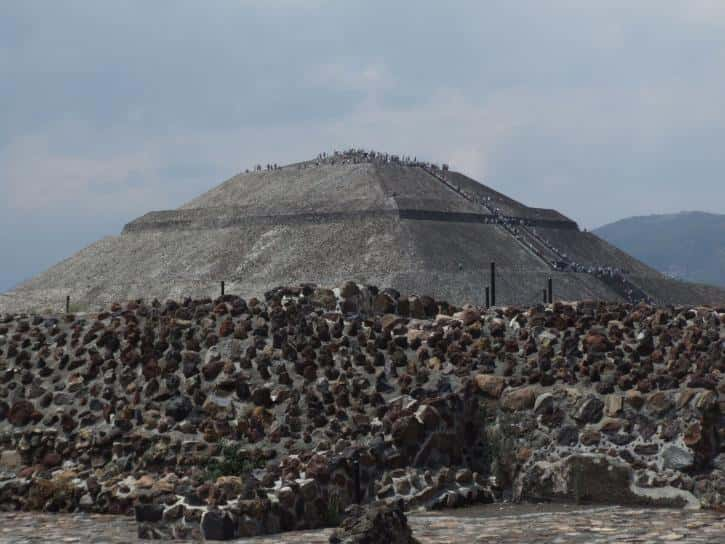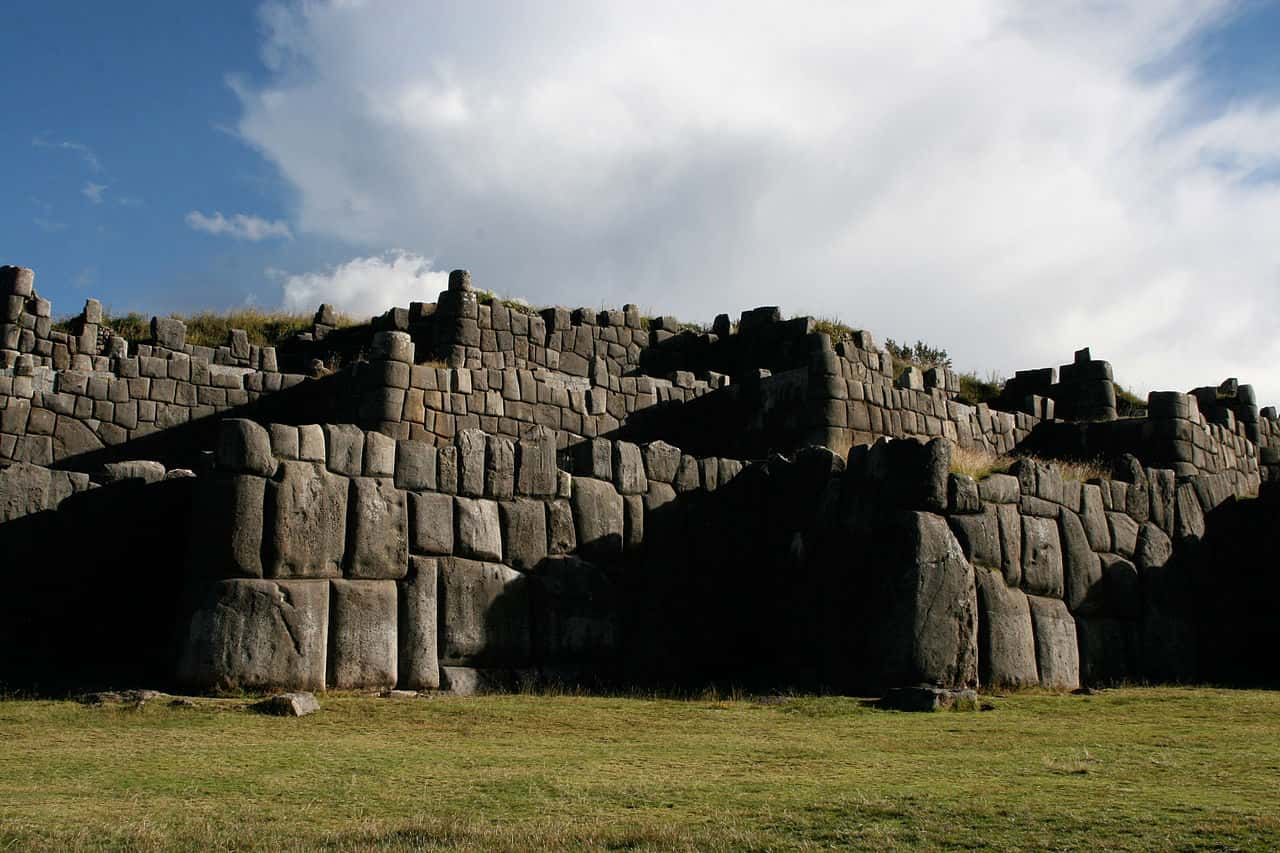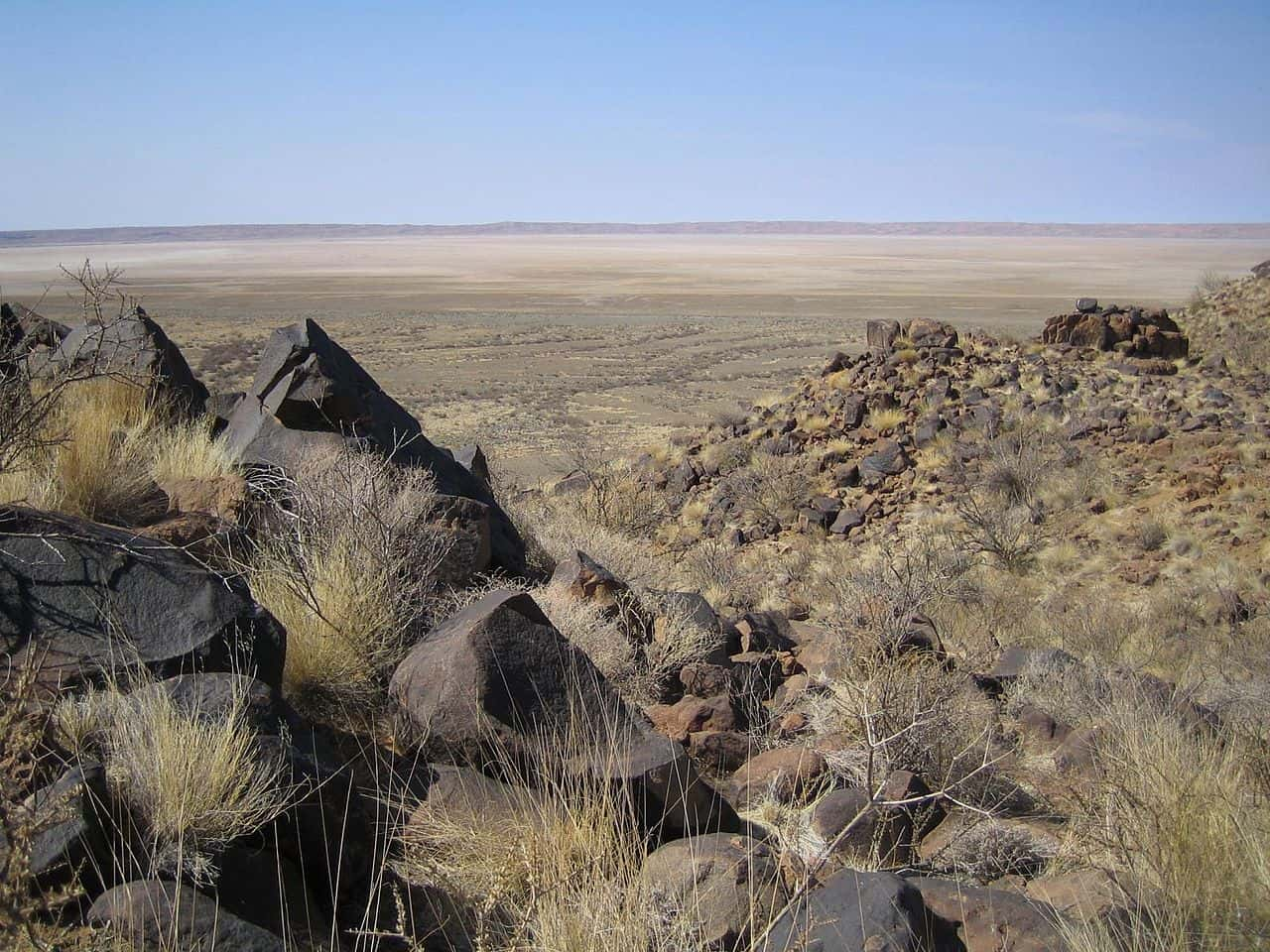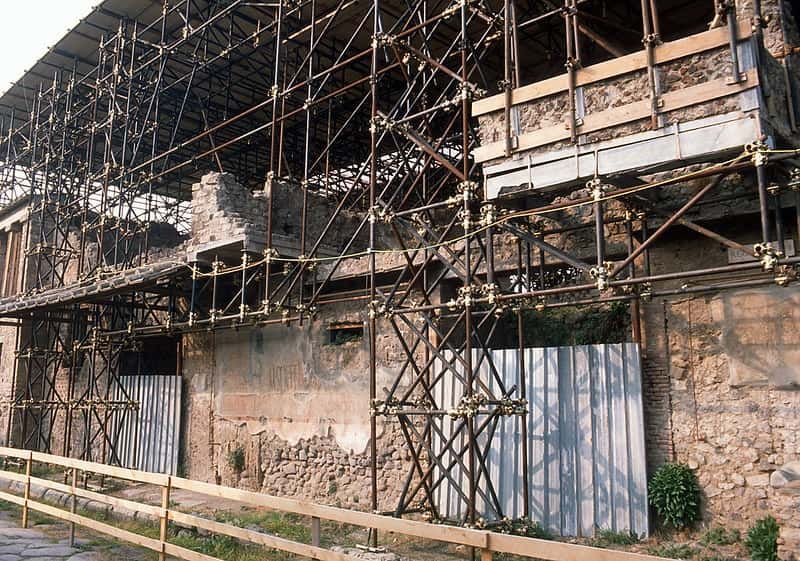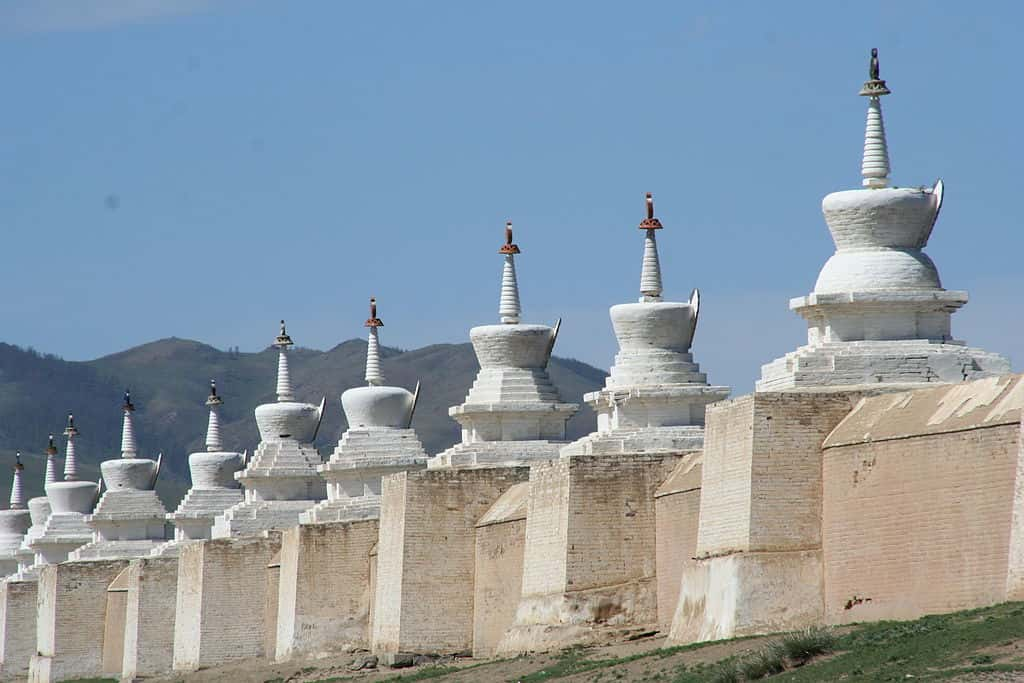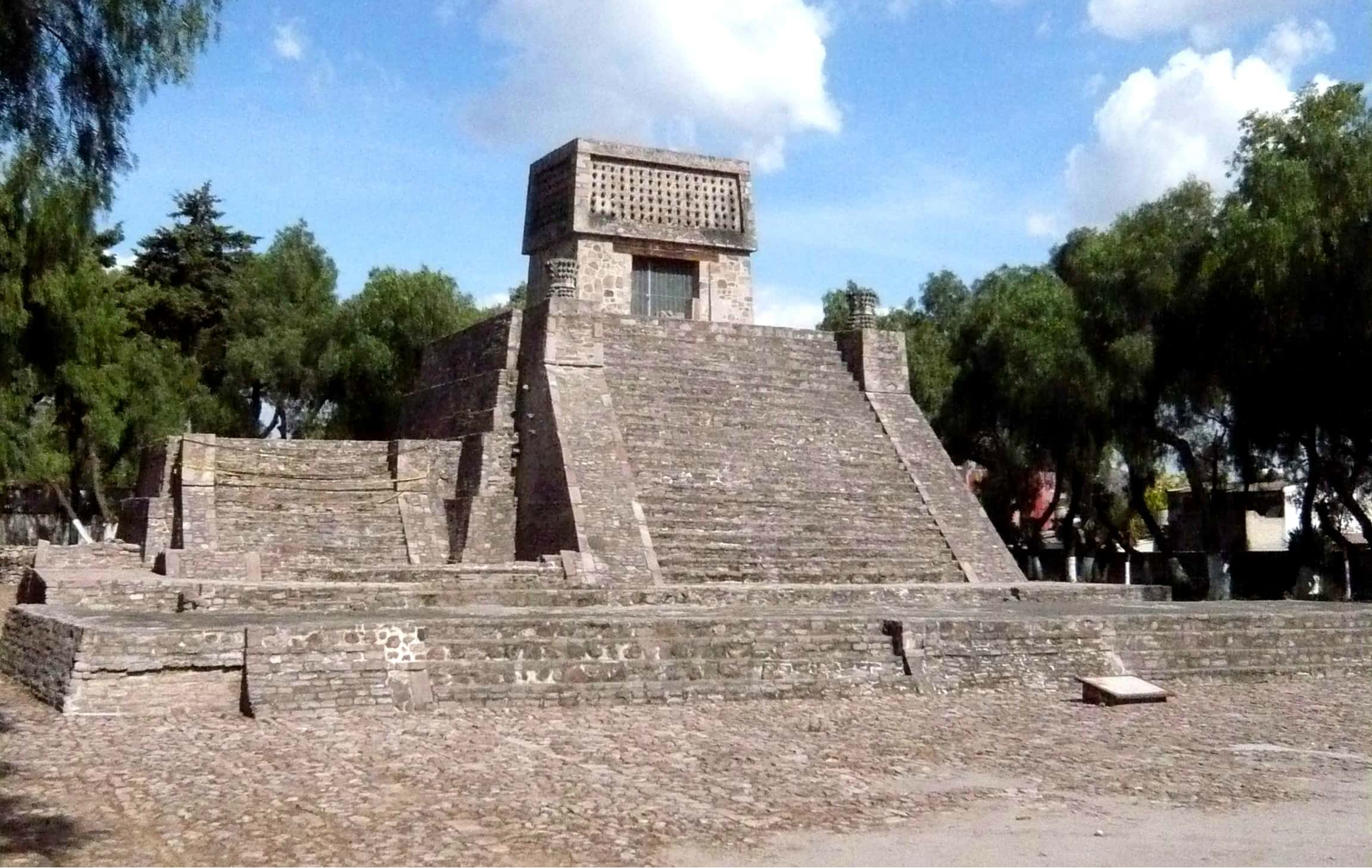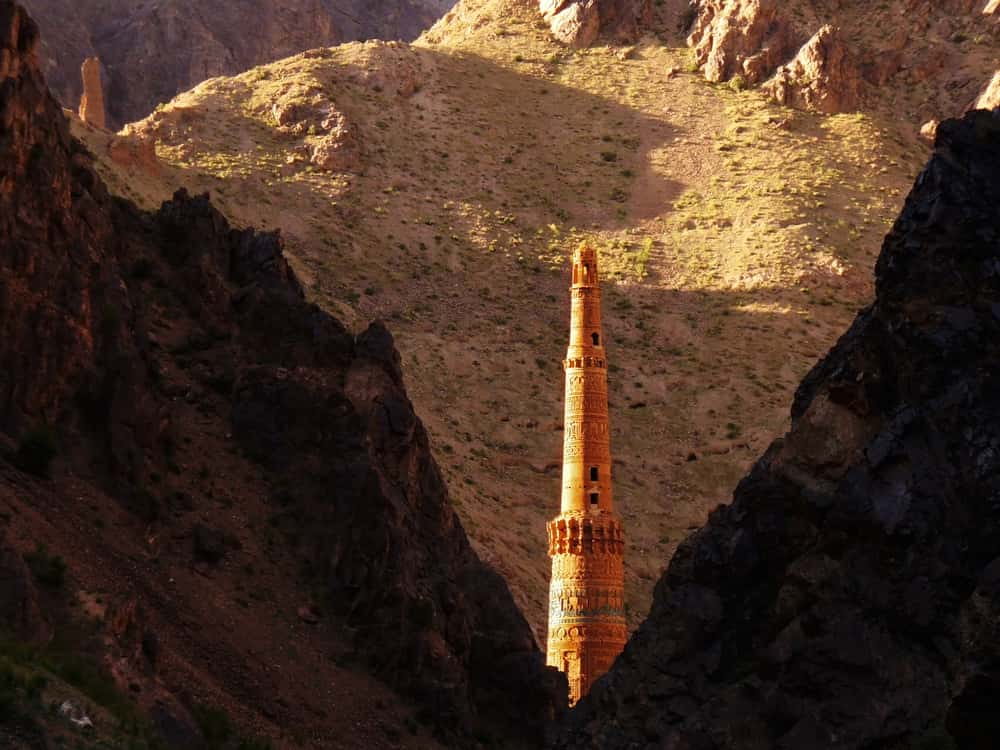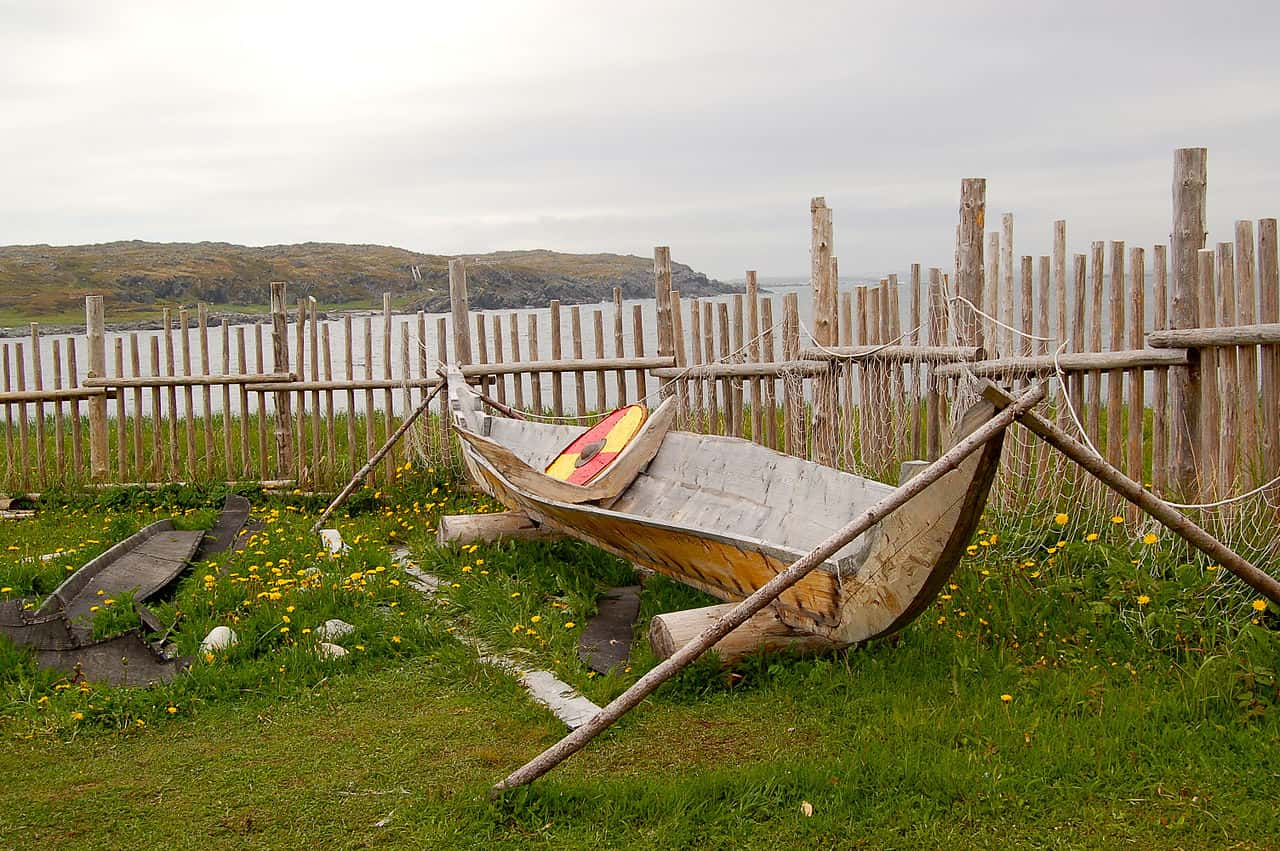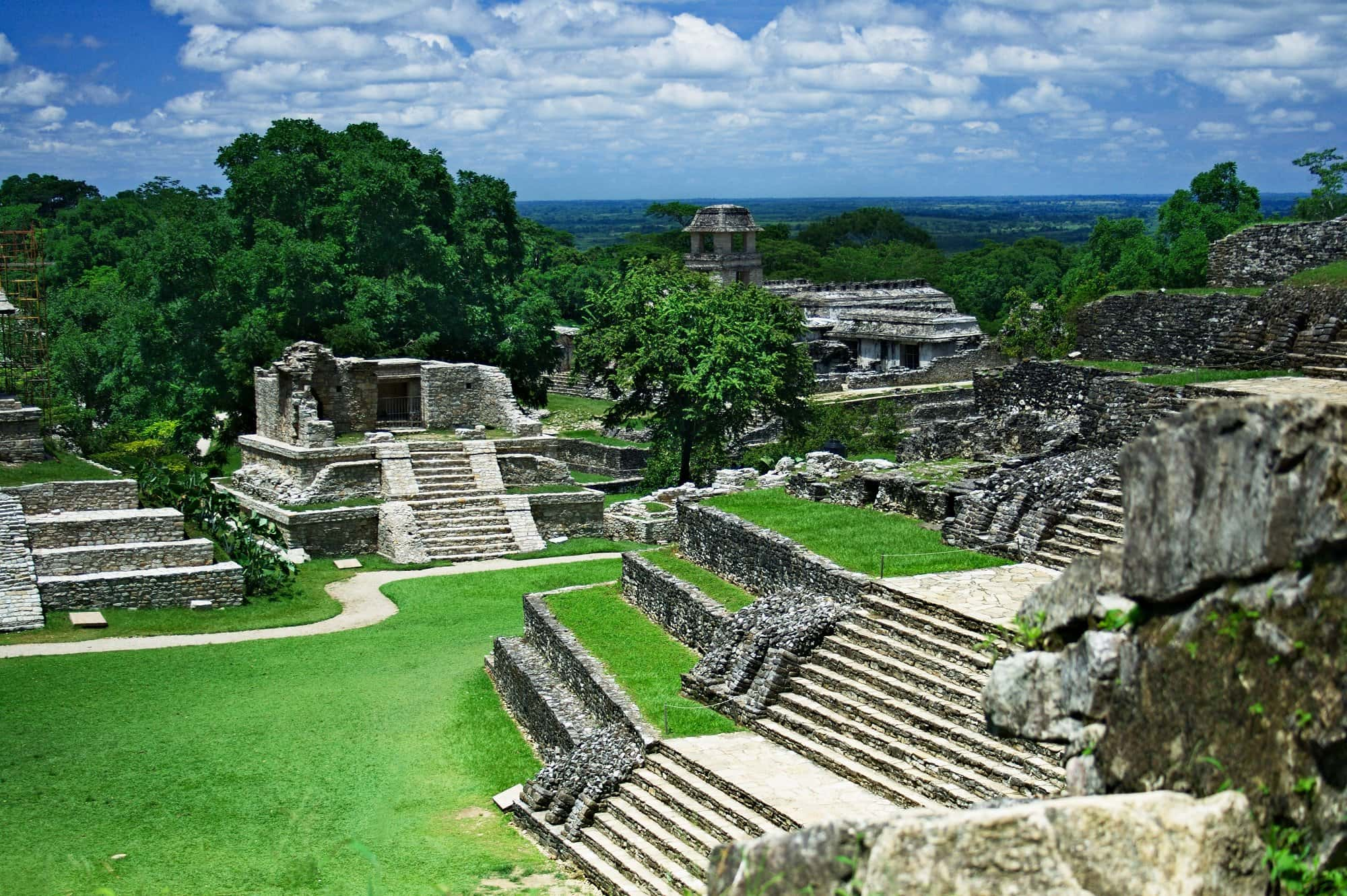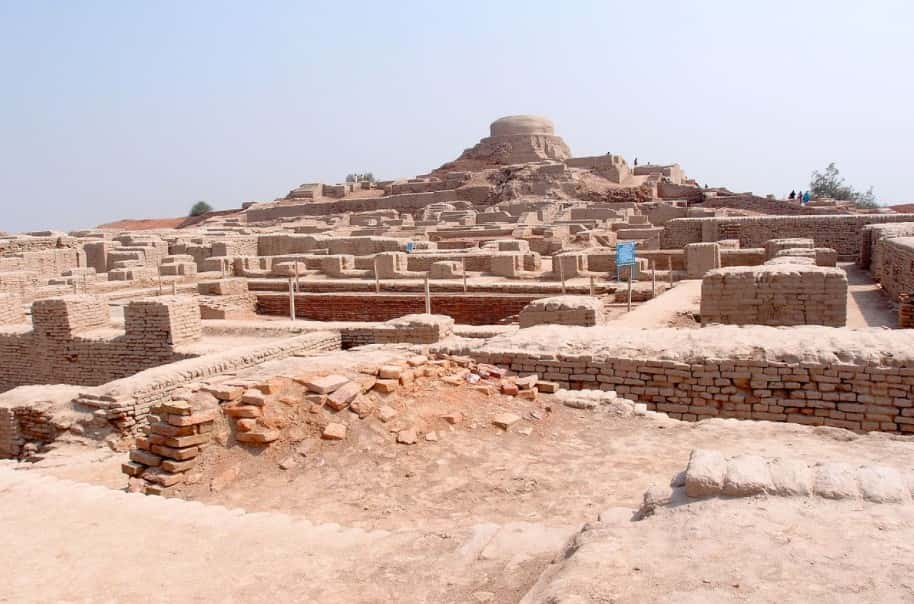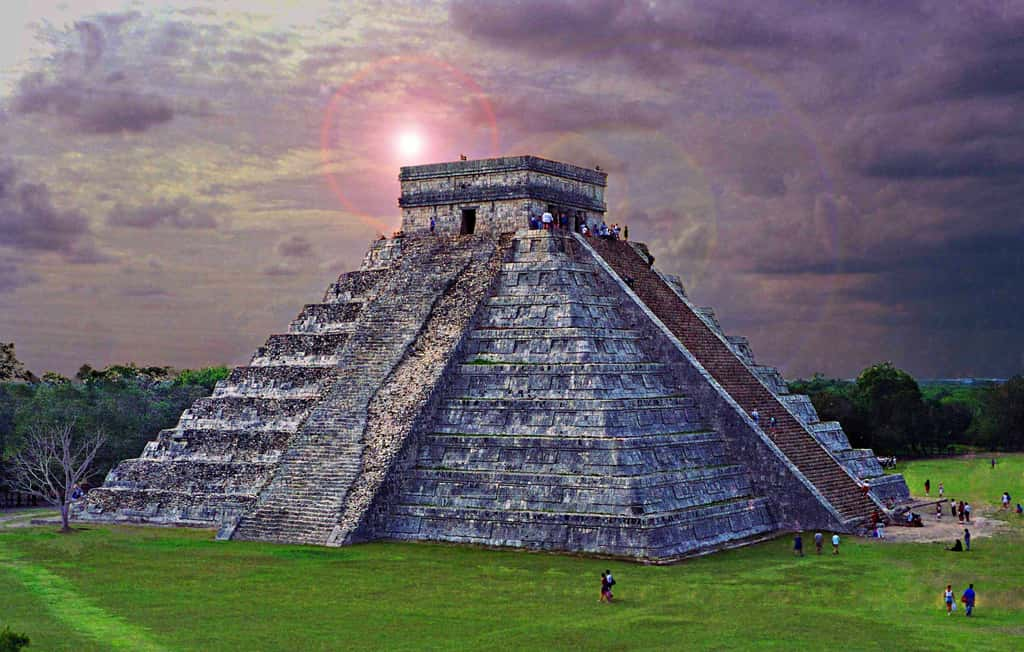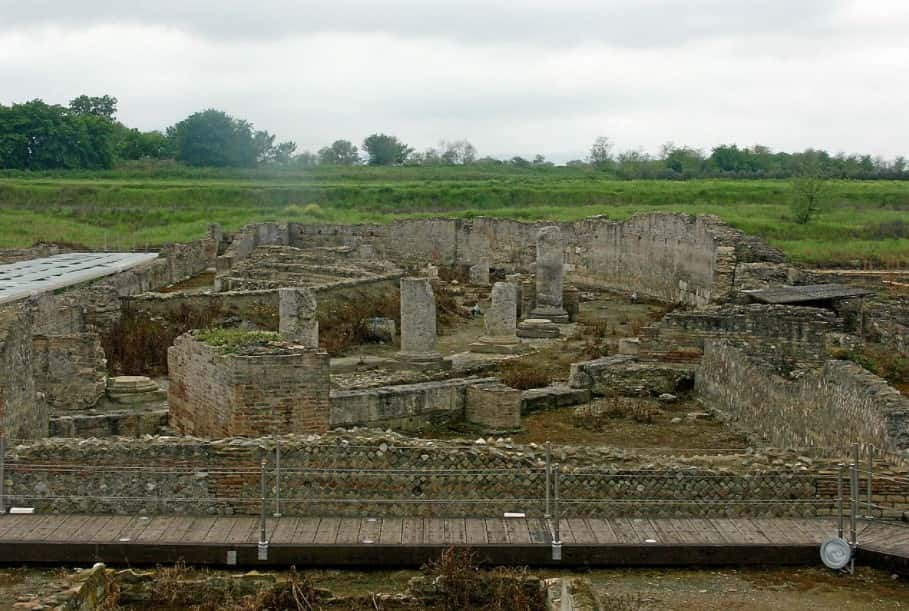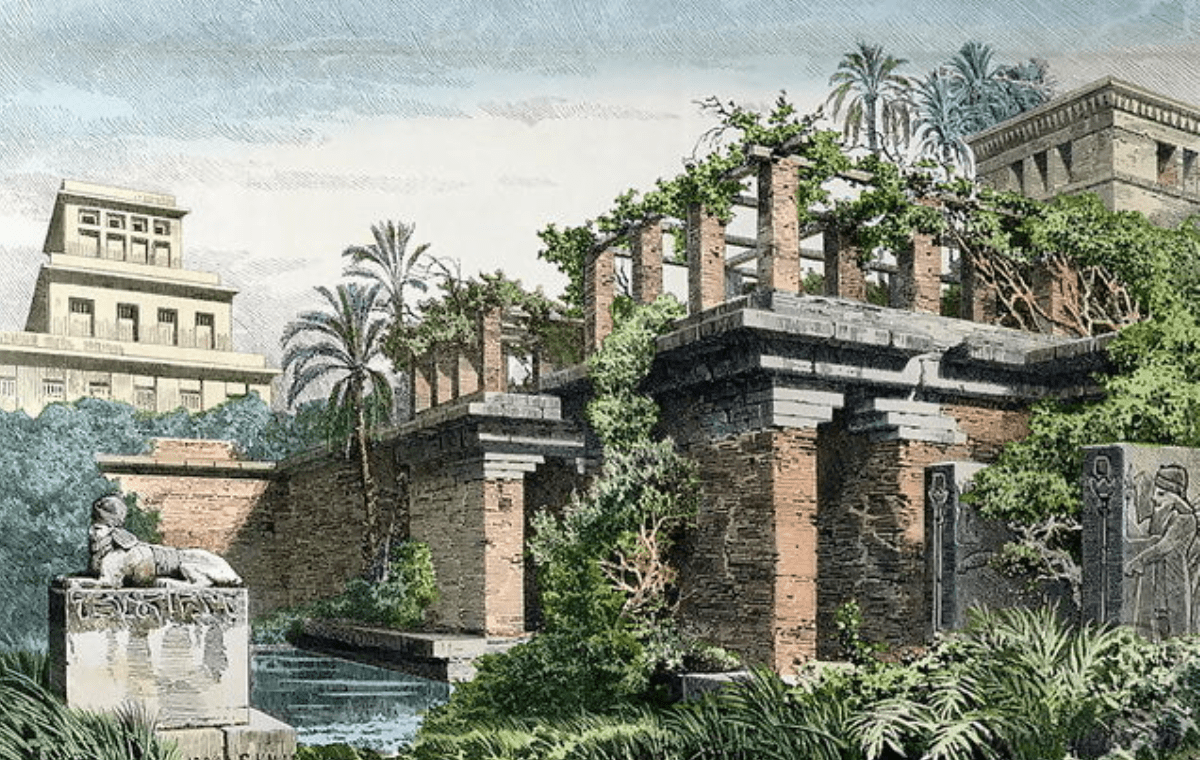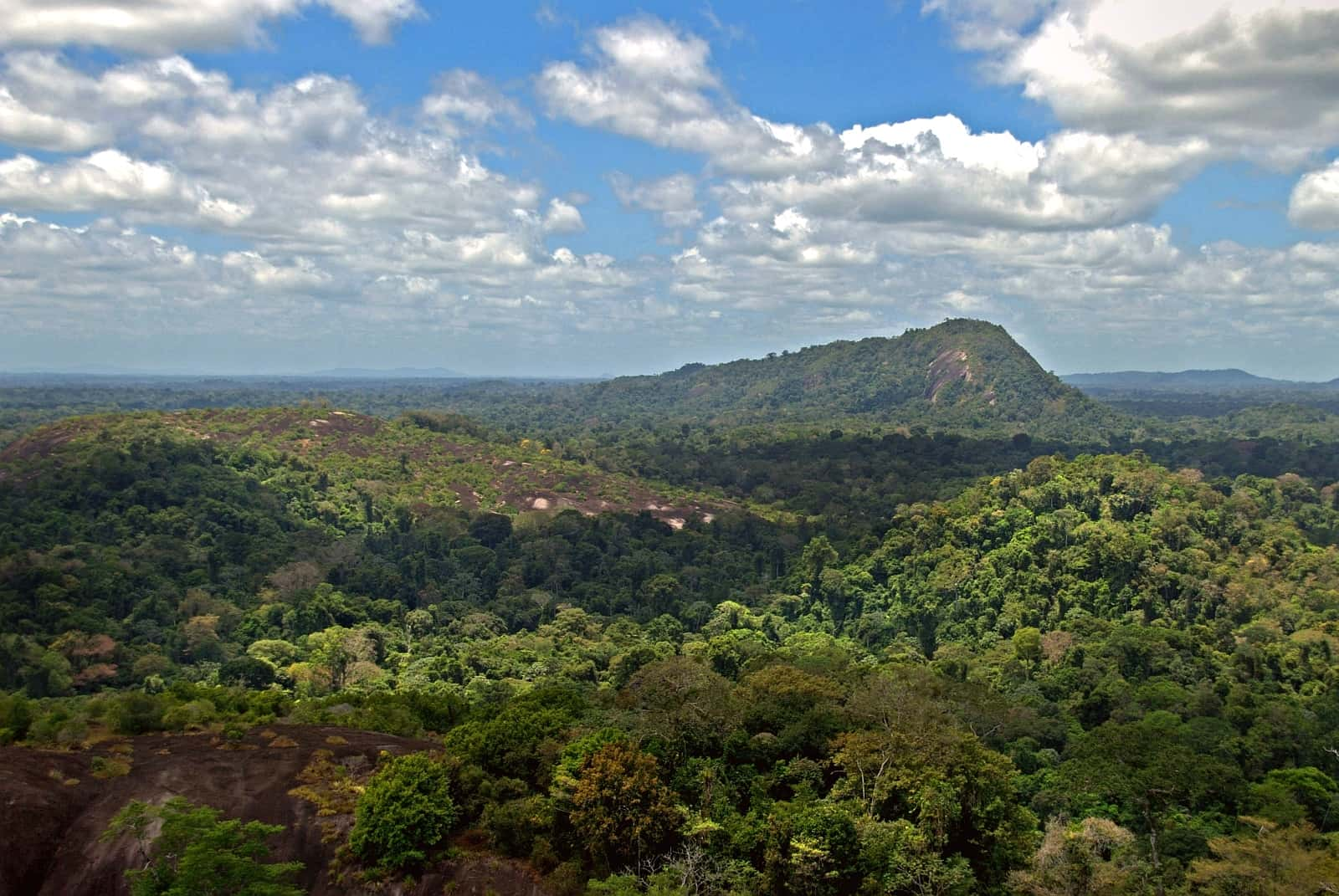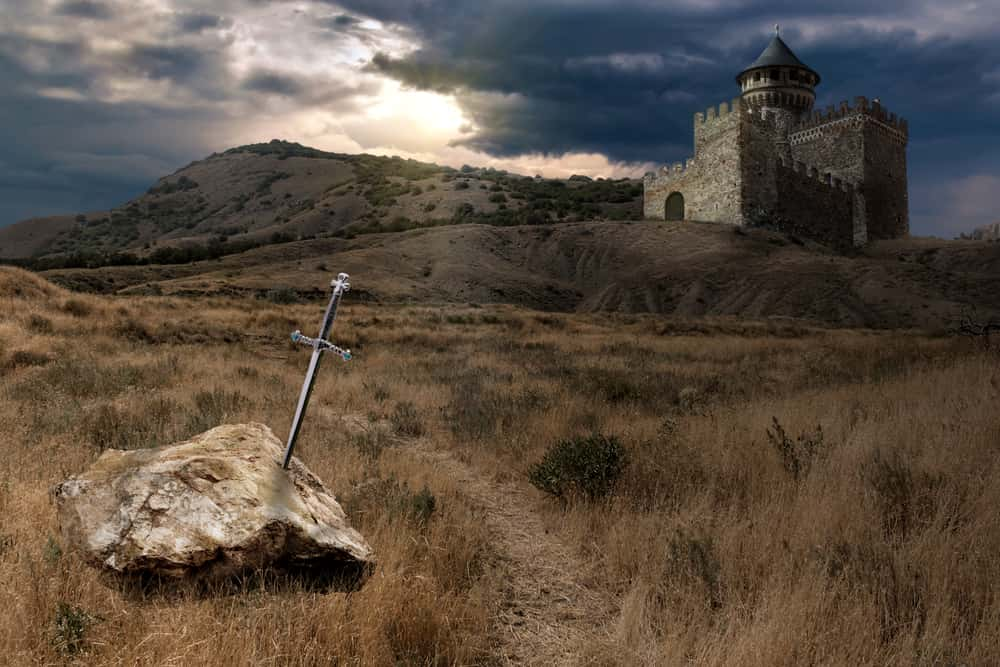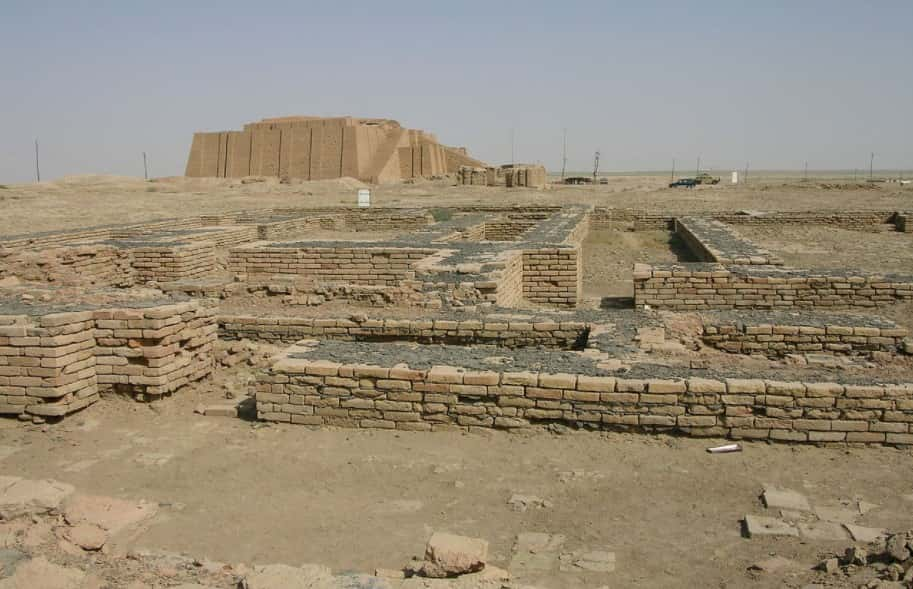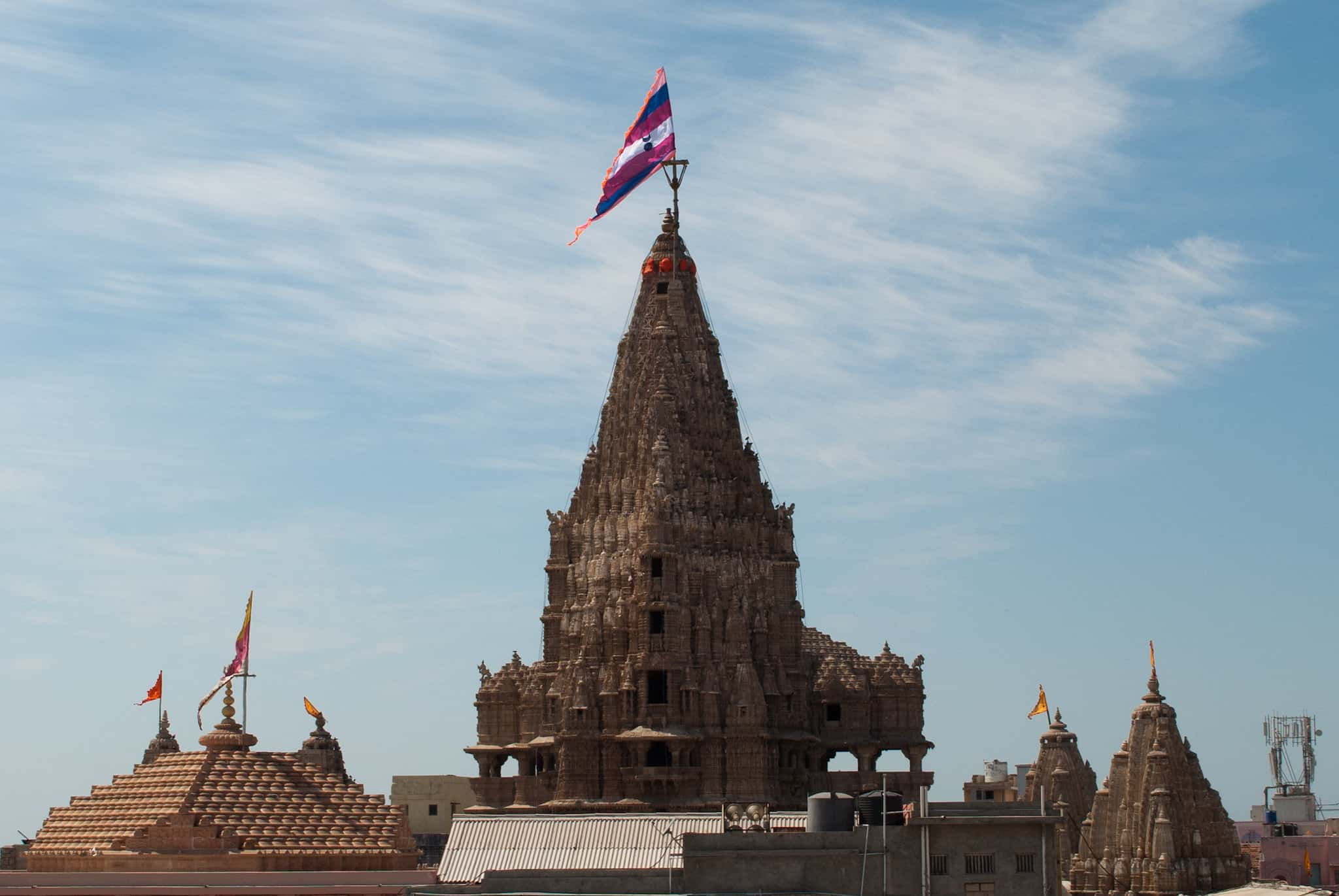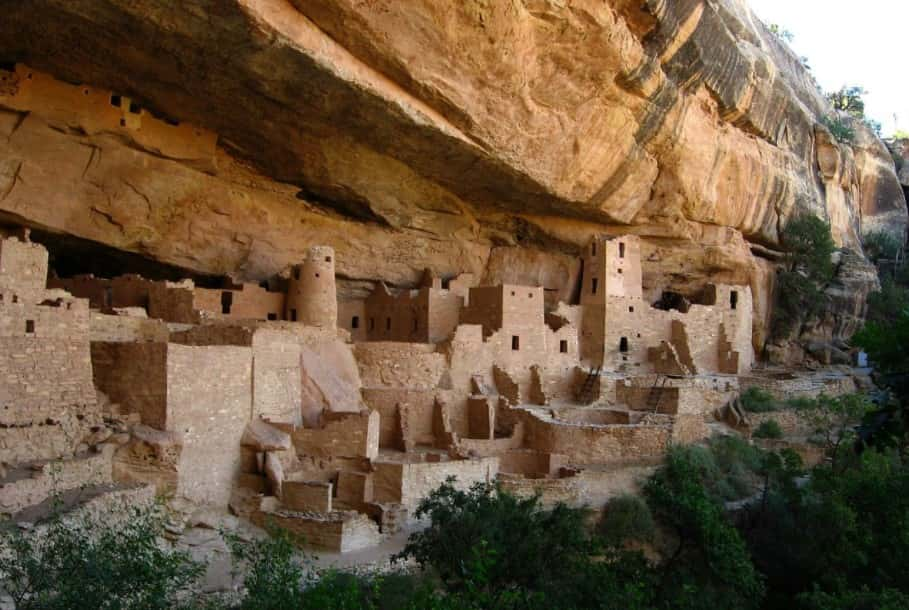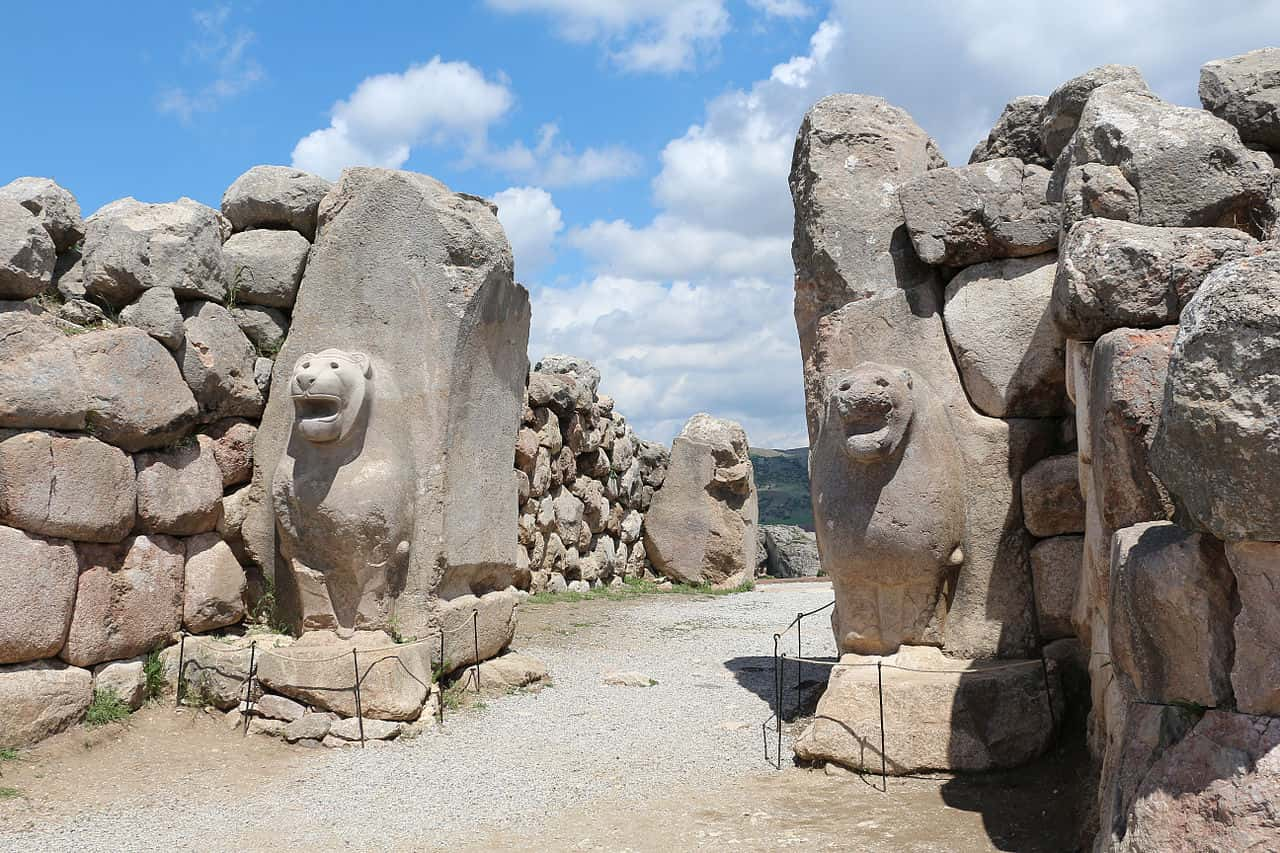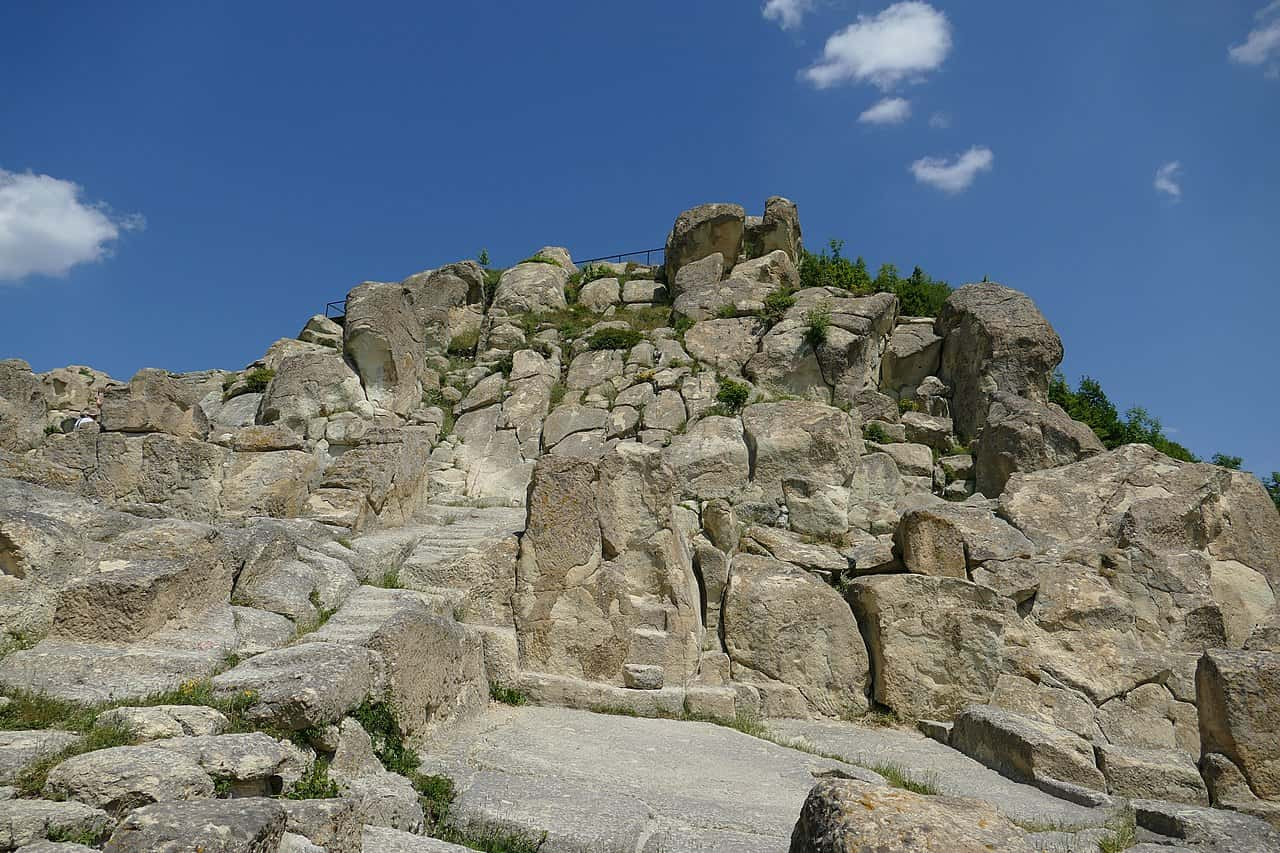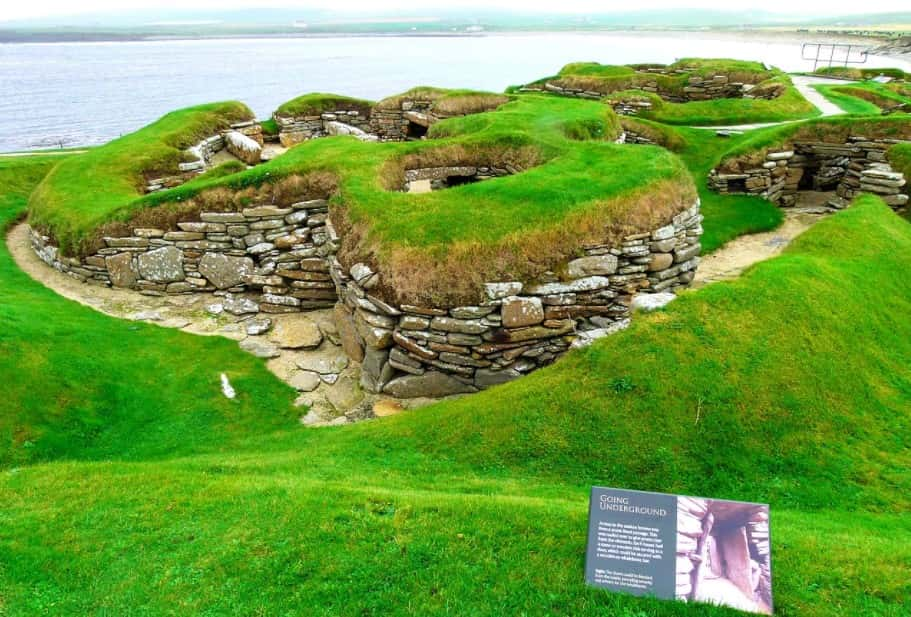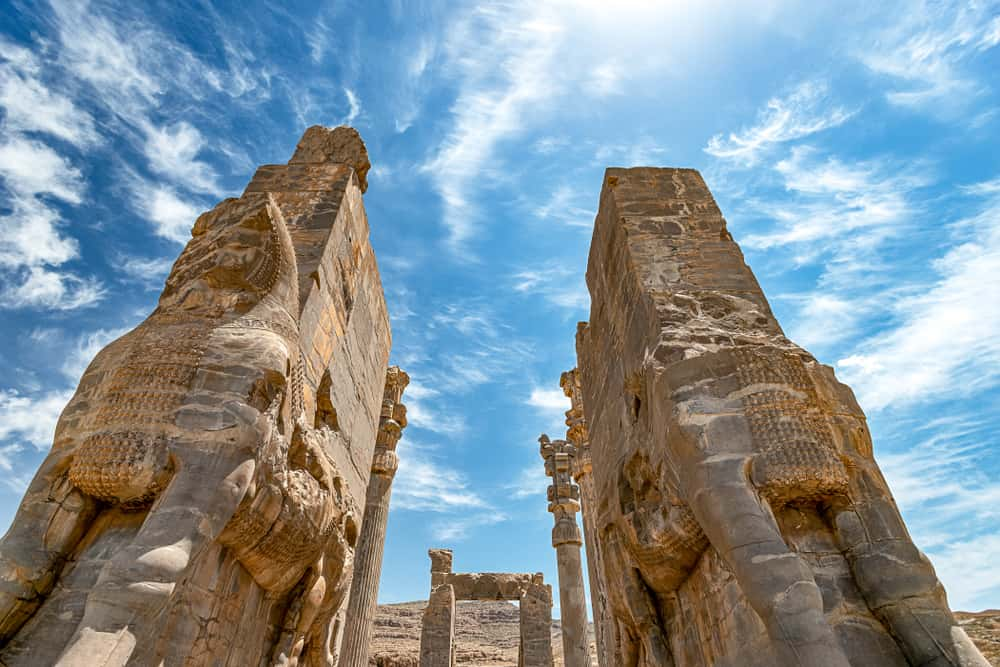Explorers and storytellers have obsessed over legendary lost cities like Atlantis or El Dorado throughout history. However, lost cities are much more than a figment of myth. Archaeologists and adventurers have unearthed a number of historical cities that have been lost from recorded history for centuries or millennia. So, what was hiding in these legendary lost cities? Let's find out.
Lost Cities Facts
1. A Pharaoh’s Capital
The Egyptian pharaoh Amenhotep IV, renamed Akhenaten, became a controversial leader when he imposed a single religion worshipping a single deity, the sun disk Aten. He established a new capital, Amarna, but it only survived as long as his reign. As soon as Akhenaten was gone, religious authorities who wanted to destroy Akhenaten’s religious ideas razed Amarna to the ground, not even sparing the royal tombs.
2. A Missionary’s Visit To Shangri-La
Although Shangri-La is the invention of an English novelist, the legend of a lost kingdom in the Tibetan mountains comes from the wanderings of the 16th century missionary Antonio Andrade. Before Andrade’s time, the Mughal emperor Akbar arranged a gathering of scholars from all religions at his court to find common ground on religion. One Jesuit priest related the tales he heard at this meeting and drew a map with only a lake where he said Christians lived labeled in Tibet.
This priest's young successor, Andrade, decided to go looking for this place, and he later published an autobiography where he reported he found a wealthy kingdom in the unforgiving mountainous terrain. No one has been able to confirm the existence of this kingdom, but the idea lives on in Shangri-La.
3. Percy Fawcett Disappeared Searching For Z
The celebrated adventurer Colonel Percy Fawcett was obsessed with finding a lost city he called “Z” in an unexplored region of the Amazon Rainforest in Brazil. After years of searching, in 1925, he entered the jungle with his son and his son’s best friend, and the three explorers were never seen again.
4. The Shaman-Queen Who Ruled A Lost Kingdom
The lost kingdom of Yamatai in Japan is still undiscovered and hotly debated, but out of this tale emerged the legend of Queen Himiko. She allegedly ruled over Yamatai in the third century CE for more than 50 years, and she was also a shaman. She never married, allowing only one male associate: Her brother. The rest of her entourage of 1,000 attendants were all women.
Any of this ring a bell? Probably because Himiko played a big role in the 2018 movie Tomb Raider.
5. Machu Picchu Mix Up
In 1911, Hiram Bingham III went searching for Vilcabamba, the hidden capital that the Inca fled to in order to escape the Spanish conquistadors, but he found Machu Picchu instead. He argued that Vilcabamba and Machu Picchu were the same place for the rest of his life, though scholars have since disproven this theory. However, Machu Picchu may have never been a lost city at all to the locals, as farmers were living at the site when Bingham arrived.
6. A Silk Road Metropolis Lost To Invasion
The Silk Road city of Merv was once the world’s biggest city and one of the most prosperous. At its height, it featured a rich palace, a five-mile enclosing wall, ten large libraries, and even an icehouse where residents accumulated winter snow to create a vast refrigerator. Only a few decades after Merv reached its status as the most populous city, Genghis Khan came to town. His forces set fire to the city, all but razing it to the ground, and reportedly took the lives of 700,000 people within its walls.
Merv never recovered from the defeat and dwindled into obscurity. By the time explorers revisited in the modern era, it was little more than a ruin.
7. The Founders Of Teotihuacán Are Still A Mystery
The magnificent pre-Aztec city of Teotihuacán sprung from unknown origins. In Nahuatl, the Aztec language, its name translates to “the place where men become gods." But what most people don't know is that it was already a lost city when the Aztecs found it. The mysterious Teotihuacanos built the city’s well-planned temples and roads centuries before the Aztecs rose to power, around 100 CE.
Linguists still haven't managed to decipher the written language of Teotihuacán. That means we know little about the society of the people who built the magnificent city.
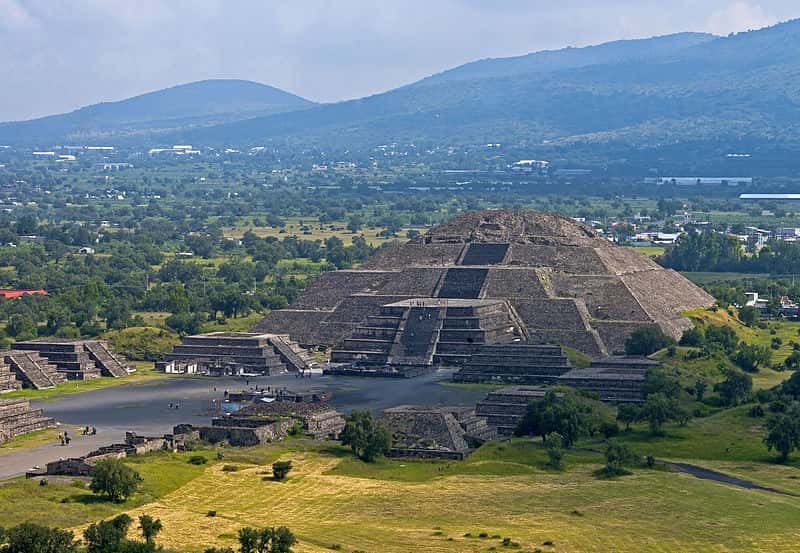 Wikimedia Commons, Daniel Case
Wikimedia Commons, Daniel Case
8. A Great Pirate Haven Sunk Into the Sea
Nicknamed “the wickedest city on earth,” Port Royal, Jamaica had a reputation as a den of pirates, riches, and debauchery. It was a thriving trading port until June 1692, when it was hit by an earthquake. Most of Port Royal was consumed by the sea as it sank into the harbor within minutes. It still lies underwater in the harbor of the surviving section of Port Royal, preserved exactly as it was during its bustling height.
9. The Iliad And The Odyssey Found A Place In History
Troy, the site of the epic ancient conflict in Homer’s Iliad and Odyssey, was lost to history and obscured by mythology since the time of Ancient Greece. In the 19th century, archaeologist Heinrich Schliemann rediscovered the real city of Troy in western Turkey. Excavations since Troy’s rediscovery suggest Homer based his great siege and battles on a real historical event. Though, we can only assume Homer embellished it to make for a better story.

Sign up to our newsletter.
History’s most fascinating stories and darkest secrets, delivered to your inbox daily. Making distraction rewarding since 2017.
10. Europeans Didn’t Believe Africans Built Great Zimbabwe
European explorers in Africa couldn't believe their eyes when they found an enormous fortress and vast goldmines abandoned in the jungle. The city of Great Zimbabwe was evidence of a thriving African kingdom that traded with lands as far away as China and Persia, but the ruins today are only a shell compared to the city as it was found by Europeans in the 16th century.
As the news circulated around Europe, treasure hunters came to loot the remains of the rich city, all while explorers continued to deny that the city’s perfect craftsmanship could have been constructed by the Indigenous African peoples. One German explorer postulated that it was a copy of the Queen of Sheba’s palace in Jerusalem. It wasn’t until 1905 that British archaeologists finally concluded that the local Bantu peoples likely built Great Zimbabwe.
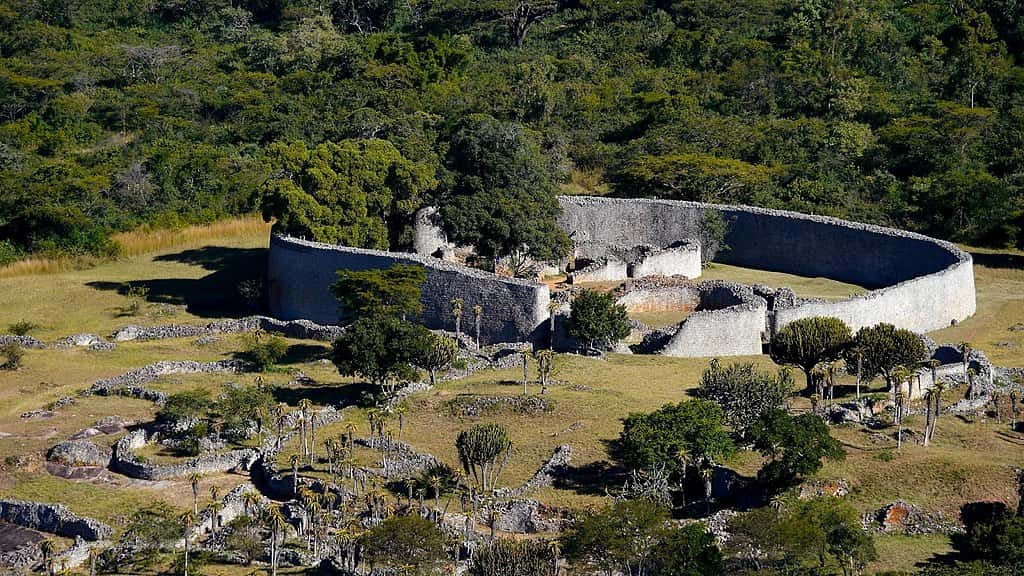 Wikimedia Commons
Wikimedia Commons
11. The Myth Of El Dorado Led European Explorers
The search for El Dorado, the fabled lost city of gold, spurred European explorers into regions unknown to them with the promise of wealth. Francisco de Orellana was allegedly searching for El Dorado when he became the first European to travel the length of the Amazon River. Decades later, Sir Walter Raleigh made two expeditions searching for El Dorado, one of which cost him the life of his son who accompanied him.
But no explorer managed to find a city of gold—or if they did, they never let the kings and queens of Europe know.
12. An Inscription Led To The Birthplace Of Buddha
In 1896, Alois Anton Führer followed the reports of local Nepalese landowners to a pillar inscribed in Brahmi script. The pillar marked the site as Lumbini, the birthplace of the Buddha, Siddhartha Gautama. Lumbini was an ancient pilgrimage site, and the Emperor Ashoka likely had the pillar erected at the long-lost pilgrimage site.
The inscription and site are commonly accepted as genuine, though some experts theorize Alois Anton Führer added the inscription himself. Later in his life, Führer was exposed for forging Brahmi script on artifacts.
13. Black Pepper Spelled A City’s Doom
During the first century BCE, Muziris was a thriving trading hub in India, an important trading partner with Rome. The Roman author Pliny called Muziris “the first emporium of India.” The city’s signature export was black pepper, a spice they produced by the thousands of tons, although they also traded ivory, pearls, silks, and other spices.
However, Rome had relatively little to trade in return. Muziris came to depend on Rome’s demand for pepper, and when the Roman economy faltered in the third century CE, Muziris dwindled and eventually fell off the map completely. Archaeologists believe they may have found the site of Muziris, but the exact location of the thriving merchant city may still be lost to time.
14. Helike May Be The Real Atlantis
Atlantis, the great advanced society that vanished beneath the waves, has lingered for centuries in the minds of adventurers and conspiracy theorists, but Plato may have pulled the Atlantis from history. In 373 BCE, the Greek city of Helike was struck by an earthquake and tidal wave. The city and its inhabitants were swallowed by the sea. Helike’s watery destruction during the height of Greek civilization could have been the inspiration for Atlantis.
15. A Legendary Russian City Turned Invisible
Russian folklore has its own story of a lost city, Kitezh. According to legend, the city of Kitezh on the bank of Lake Svetloyar survived invasion by becoming invisible. The location of the city was supposedly passed down by the Old Believers who made pilgrimages to it, and the legend says the righteous can still hear the bells of the town and see its reflection on the water.
16. Petra Often Changed Hands Before Abandonment
Petra’s magnificent buildings cut into the surrounding rock are considered one of the wonders of the world, but this remote Nabatean trading hub usually came up in history when it was being invaded. The Greek Empire attacked in 312 BCE, seeking Petra’s wealth. The Nabateans used Petra’s natural protection of the mountains to repel the Greeks. However, the Romans had the same idea when they rose to power.
They attacked Petra in 106 CE and forced them to surrender, annexing the city into the Roman Empire. The Romans ruled Petra for 250 years until an earthquake devastated the city. Eventually, the Byzantines took over Petra and governed it for another 300 years until it was abandoned, only to be rediscovered in the desert centuries later.
17. A Pirate Utopia Lost In Madagascar
For two brief decades in the 1600s, a long-lost utopia called Libertatia, where pirates lived in peace and financed their colony by stealing from slave ships, supposedly flourished in Madagascar. When privateer Captain James Mission and Dominican priest Caraccioli met aboard the French vessel Victoire, they convinced the ship’s crew to become pirates of no nation after the previous captain perished in battle.
They sailed for the southern coast of Africa and established a democratic colony. It thrived for years until attacks by native peoples finally forced the colony’s abandonment. The only historical source for the tale of Libertatia is a historical account published under a pseudonym likely used by Daniel Defoe, but it may have been based on actual accounts of pirates in the Indian Ocean. However, there’s no other proof Libertatia existed.
18. The Lost City Of Z May Be Real
Although Percy Fawcett’s doomed expedition is shrouded in mystery, the city he sought may have been based in fact. Archaeological excavations have revealed the ruins of expansive garden cities and complex road networks in the same region of Brazil where Fawcett went looking for Z. Unfortunately, Fawcett likely did not live long enough to see his theory proved right.
19. Mummies Of The Taklimakan Desert
When the ancient Silk Road stop of Niya was unearthed in the Chinese desert, it contained the unusual treasure trove of human remains naturally mummified by the desert climate. Because of these conditions, their flesh, skin, hair, and clothing were often preserved through the centuries. Most of the bodies were young women in their 20s with blonde or brown hair.
Their possibly Caucasian features could be related to a legend that one of Alexander the Great’s expeditionary forces disappeared in the area.
20. Every Settler Of Roanoke Colony Disappeared
While Roanoke Colony in North Carolina still stands as a historical site, the disappearance of its entire population is one of history’s greatest mysteries. In 1587, 115 English colonists arrived to settle in Roanoke Colony. Later that year, the governor was sent back to England to resupply the colony, but his return to Roanoke was delayed by a conflict between England and Spain.
When he finally made it back in 1590, the colony was deserted. The only major clue in their vanishing was the word “Croatoan” carved into a wooden post. Croatoan was the name of a nearby island and a local Native American tribe. Despite centuries of investigation, the fate of the Lost Colony remains unknown.
21. Royalty Looted Pompeii
Pompeii and Herculaneum disappeared under the volcanic ash of Mount Vesuvius in 79 CE and remained lost until 1709, when a farmer dug up remains of Herculaneum’s ancient theater while digging a well. This launched decades of treasure hunts looting Pompeii and Herculaneum. The representative of the Kingdom of Naples and Sicily oversaw a treasure hunt that plundered hundreds of antiquities, including frescoes hacked from Herculaneum’s walls.
No efforts were made to record or preserve Pompeii during its early looting, and the best of its frescoes and artifacts went into the royal collection.
22. Troy Still Existed In Homer's Time
When Homer wrote Iliad and Odyssey, Troy was not yet a lost city. Archaeology in Troy showed evidence of conflict and destruction, including debris and skeletons, long before locals finally abandoned the city in 1350 CE. The Trojan War likely occurred in 1180 BCE, and Homer wrote his epics only 400 years later. Homer’s contemporaries would still have been able to see the ruins of besieged Troy.
23. Pavlopetri, The Oldest Sunken City
The sea took more than one city in ancient Greece. Before Helike, the ocean claimed the now 5,000-year-old town of Pavlopetri around 1,000 BCE, long before the height of classical Greek civilization. Upon its rediscovery, archaeologists considered it the oldest submerged town on earth.
24. El Dorado Probably Wasn’t A City
El Dorado was the dream of conquistadors, but El Dorado may have been not a place, but a people. The myth is likely based on the historical succession ceremony of the Muisca, in which the new leader adorned himself in gold, paddled out onto the sacred lake, and made an offering of gold and jewels to the gods by throwing them in the lake.
The vast treasures they offered up to the divine captured the minds of conquistadors, who spent years trying the get their hands on it. However, the myth of the city of gold persists and still causes problems today.
25. Negligence Drowned A Welsh City
According to legend, ancient Celts built Maes Gwyddno in a precarious location, with only a barrier and sluice gates keeping it from flooding. People had to open gates at low tide to drain water away and close them at high tide to keep the water out. Although the stories vary, they generally place the blame for the city’s destruction at the feet of a man named Seithennin.
In one story, fell asleep after drinking too much wine while on watch, so he failed to shut the sluices. In a different version, he was pursuing a night with the fair Lady Mererid, who was in charge of the gates, and he distracted her from her duty of closing the gates. Either way, the floodwaters sunk Maes Gwyddno under Cardigan Bay.
26. North America’s Largest City Mysteriously Declined
The pre-Columbian metropolis of Cahokia, near St. Louis, Missouri, once had a population similar to that of London. That made it the most thriving city north of modern-day Mexico. Its most striking feature was the plazas and buildings built atop vast manmade earthen mounds. The largest mound survives to this day, covering 14 acres and standing at 100 feet tall. However, by 1350 CE, locals abandoned Cahokia.
It even disappeared from oral histories, and historians cannot account for the change. Archaeologists did find another mound containing mass burials, but given the patterns in how they met their fate and the absence of evidence like arrowheads, this may have been from ritual sacrifice instead of conflict.
27. Teotihuacán Is Full Of Religious Symbolism And Sacrifices
In 2004, anthropologists discovered a vault below Teotihuacán’s Temple of the Moon that contained 12 human corpses. Grimly, ten of the bodies had their heads removed. Researchers also found the remains of wild animals that were likely sacrifices in an important religious ritual. The Aztecs deliberately placed elaborate jewelry, human skin, statues, and more artifacts as offerings.
Mercury flowed through inlets in the walls as a representation of water, and priests embedded shining pyrite into the rock to glitter in the light. Experts speculate the entire city represented a recreation of the Mesoamerican creation story, which told of the universe emerging from a watery void.
28. The Vatican Archives Hid An Incan City?
In 2001, an archaeologist found a report of missionary Andres Lopez from 1600 CE in the Vatican Archives, in which Lopez informed the Pope of a wealthy Inca city called Paititi in the jungles of Peru. Legends have spoken of Paititi for centuries, allegedly the Inca’s last hideaway from Spanish conquistadors. Because conquistadors found little of the gold they expected in the Incan cities they looted, Paititi became the focus of treasure hunts for the suspecting remaining bulk of Inca wealth.
The Vatican allegedly kept its incredibly remote location in Peru a secret. Today, archaeologists are still looking for the legendary city deep in the Amazon.
29. City Of Rocks
When Guillermo Farini published a book detailing his discovery of the ruins of a city in southern Africa’s Kalahari Desert in 1885, the legend of the Lost City of the Kalahari was born. Since Farini’s expedition, historians and archaeologists have tried to find the city to no avail. Only in 1964 did A. J. Clement realize everyone’s probable mistake.
Farini described his route in the book, but Clement realized his account was remarkably inconsistent. Clement instead decided to travel Farini's most likely route. He stumbled upon a remarkable site: Some really cool rocks. Near the Kalahari Desert was a natural rock formation that looked like walls. Clement theorized that this may be what Farini mistook for a city all along.
30. Disasters Are Still Hitting Pompeii
Disasters, both natural and manmade, have plagued the site ate Pompeii since archaeologists unearthed it in the 18th century. During WWII, Pompeii sustained damage in Allied bombings of Italy. During the same time, Mount Vesuvius erupted for months, and people had to evacuate part of Naples. In 1980, an earthquake hit Pompeii, which sped up the documentation of its still at-risk ruins. In recent years, two rebuilt buildings collapsed into rubble during torrential rains.
31. Automaton Of The Mongol Empire
Karakorum, founded by Genghis Khan, flourished briefly as the capital of the Mongol Empire and a major hub of world politics. The 13th-century city was remarkably prosperous and, according to historical accounts, once featured an automaton that served the palace. The automaton was a large, silver tree that spread over the palace courtyard. Metal serpents adorned the trunk, and on top was an angel playing a trumpet.
When the khan gave an order to summon drinks, the angel moved to bring the trumpet to its mouth and play, which prompted alcohol to gush out of the serpents’ mouths into a basin at the base of the tree. They certainly knew how to entertain in style.
32. The Lost Metropolis Beneath Mexico City
When the conquistadors encountered the Aztecs in 1519, the Aztec capital Tenochtitlan was a splendid, bustling city. Within two years, Tenochtitlan disappeared. Five centuries later, archaeologists are unearthing a surprising number of surviving ruins of the great capital, still buried beneath modern-day Mexico City. Workers digging to lay electrical wire discovered the Templo Mayor, one of the lost city's most important sites.
Locals unearthed yet more sites from the rubble of the 1985 earthquake that hit Mexico City. Archaeologists have encountered ruins of Tenochtitlan intertwined with modern architecture. This has prompted digs in unlikely places like the basement of a tattoo parlor, a subway station, and beneath the floor of the Metropolitan Cathedral.
33. “El Dorado” Looters Crashed The Gold Market
Modern looters are still pursuing the same treasures the conquistadors sought in South America. In the centuries since, they have unearthed staggering quantities of gold. When looters discovered new historical sites in Columbia in the 1970s, the sudden influx of gold they found crashed the world gold market. Sadly, looters have melted down most of the gold artifacts they found for the gold value, destroying an incalculable cultural heritage.
34. Only A Single Pillar Remains Of Firozkoh
Once the capital of the Ghorid dynasty in present-day Afghanistan, but the son of Genghis Khan razed the city of Firozkoh to the ground and it disappeared from record. However, historians theorize that the still-standing Minaret of Jam, a tower covered in intricate calligraphy and verses from the Qur'an, may be all that is left of Firozkoh. Even that may not last much longer, as the minaret is currently in danger of collapse.
35. The Vikings Of North America
At the tip of the Great Northern Peninsula in Newfoundland lies a millennium-old Viking settlement. L’Anse aux Meadows contains evidence of the first European exploration in North America, settled and abandoned centuries before Columbus's “discovery” of North America. The archaeology corresponds with tales of Leif Erikson and other Norse explorers in the Vinland Sagas. It’s still the only Viking site in North America that we know of.
36. Santorini May Have Inspired Atlantis
Plato’s myth of the lost city of Atlantis also bears many similarities to the volcanic destruction in Santorini about 3,600 years ago. At the time of the eruption, the Minoans living in Santorini ran an advanced society not unlike Atlantis, and they disappeared following the destruction. Little wonder the story of Atlantis emerged from a civilization that lost so many cities to natural disasters.
37. The Jungle Saved Mayan Ruins
The Mayan city of Palenque features exceptionally preserved architecture and detailed sculptural reliefs. The Maya abandoned it in the ninth century CE, and the jungle’s thick vegetation grew over the palaces and temples. For centuries, the forest shrouded it from the looters who picked over other Mayan sites.
Notably, Palenque features remarkably delicate construction and craftsmanship. It likely would not have survived the millennium in such perfect condition without the jungle’s protection.
38. A Sprawling City Unknown For Millenia
Mohenjo-daro is one of the world’s earliest major cities, a monument to the Indus Valley Civilization that flourished from 2500 to 1500 BCE. The enormous city was a marvel of urban planning for the time, containing public baths, an elaborate drainage and sewage disposal system, a college of priests, and elaborate artwork. Archaeologists also found tablets with as-yet untranslated Indus script.
Despite its amazing advancement, Mohenjo-daro went undocumented in recorded history for 3,700 years until an officer of the Archaeological Survey of India visited in 1919.
39. A Sacred City Turned Into A Battleground
Chichen Itza was a sacred site and thriving Mayan city, and several remarkable temples and features like the circular astronomical observatory El Caracol, the Great Ball Court, and the Skull Wall still stand today. But when the conquistadors arrived to conquer the area in 1532, Chichen Itza was also the site of a great siege.
While Spanish commander Francisco Montejo The Younger took over Chichen Itza with little resistance as he swept through the Yucatán, the Mayan forces eventually fought back and laid siege to the Spanish, forcing Montejo’s men to barricade themselves within Chichen Itza’s ancient walls. He later abandoned the city under the cover of darkness. The sacred city didn’t stay out of Spanish hands for long, but it remained unexcavated until 1841.
40. A Hedonistic City
The Greek city of Sybaris in modern-day Italy was once known for its sumptuous indulgence. Ancient writers say the Sybarite king piped wine from country estates to wine cellars near the shore and often held banquets where he awarded the best cook a golden crown. According to legend, this partying lifestyle eventually became their undoing because they had trained their horses to dance to pipe music at feasts.
When their rival neighbor Croton sought to invade, the enemy forces played pipe music. This distracted the Sybarite warhorses, who immediately started dancing to the music. Sybaris and their talented horses fell in 510 BCE, and swamp overtook the city for more than 2,000 years.
41. Hanging Gardens Created For Love
The famous Hanging Gardens of Babylon are one of the Seven Wonders of the Ancient World, but you can't go see them today. We long-since lost their location—if they ever existed at all. According to legend, the Hanging Gardens came out of love—though whose love varies by the story. One version says a prince named Cyrus built them for a Persian courtesan to remind her of her homeland. Another version claims Nebuchadnezzar built them as a lavish gift for his wife.
However, the incredibly engineered terraced gardens that ancient writers described don't exist in any archaeological record in the rediscovered Babylon. Don't lose all hope though! A natural disaster could have destroyed the Gardens before the city fell to ruin, thus leaving no trace.
42. The Search For Z Brought More Fatal Expeditions
Since Pervy Fawcett’s disappearance, many other hopeful rescuers, investigators, and explorers have followed his path into the jungle to look for the explorers or for Z itself. As many as 100 of these adventurers did not survive the expedition. Even creepier, a few have disappeared without a trace in the same way Fawcett and his crew did.
43. Camelot, The Roman Fortress?
King Arthur and his kingdom of Camelot are mere myths today, but some experts believe Camelot is actually out there in the fields of England or Wales. One professor of literature claimed Camelot was really a Roman fortress that the Romans called Camulodunum. It would have been an ideal strategic location to take on the invasion of Anglo-Saxons during Arthur’s time.
The location and even the existence of Camelot is up for debate, but one thing is for certain. Any historical truth is probably totally separate from the famed stories of Excalibur and the Holy Grail we came to associate with Arthur later.
44. A Biblical City Was A Key To Early Mesopotamia
Explorers excavated the Mesopotamian city of Ur in the beginning of British archaeology’s heyday. Researchers believe it is likely the biblical birthplace of Abraham. The Royal Cemetery of Ur provided a trove of information about the people and society of Mesopotamia. The most surprising discoveries were 16 royal tombs from around 2500 BCE. The tombs were rich with grave goods, but also contained the remains of court attendants interred at the same time as the royalty.
Sir Leonard Woolley also found a layer of silt during his excavations that he claimed as proof of the biblical flood.
45. A Legendary Hindu City Found Underwater
Dwarka, the mythical capital of the Hindu god Krishna described in the holy epic Mahabharata, may not be so mythical after all. Archaeologists discovered artifacts attributed to ancient Dwarka off the coast of India. They believe that as the sea level rose, the Arabian Sea engulfed Dwarka between 1500 and 1300 BCE. Yet another casualty of the shifting oceans in the ancient world.
46. A Palace In The Cliffs
The cliff dwellings of the Ancestral Pueblo people at Mesa Verde are some of the most remarkable and well-preserved ruins in North America. The Pueblos built villages with as many as 150 rooms into alcoves of the cliffs. They farmed on the mesas above them, sometimes climbing between them using footholds carved into the rock face.
When cowboys happened upon the long-abandoned cliff dwellings in the 1880s, they plundered the sites. Pretty soon, these priceless artifacts showed up on the black market. The looting of Mesa Verde prompted the passing of the Antiquities Act in 1906. This created national monuments under government control to preserve the site and its artifacts.
47. A Royal Archive Of Cuneiform
The Hittite capital of Hattusa was a remarkable rediscovery, as the city was destroyed along with the collapse of the Hittite state around 1200 BCE. Even more surprising was the unearthing of Hattusa’s royal archives. The archives contain a trove of cuneiform clay tablets, one of the earliest writing systems in the world.
They document legal codes, official correspondence, contracts, literature, prophecies, and ceremony procedures. One tablet contains the earliest known international peace treaty, a settlement between the Hittites and Egyptian forces under the pharaoh Ramesses II following their battle at Kadesh.
48. The Altar Of Thracian Fire Rituals
In modern-day Bulgaria, archaeologists recently unearthed the hidden Thracian city of Perperikon. This significant find provided a rare glimpse into the mysterious ancient Thracian culture. Unlike their contemporary neighbors, the Greeks, they had no writing system and left little significant architecture. Perperikon is the only example of a large and elaborate Thracian city known. It also contains the largest cult altar in Southern Europe.
This was the site of fire rituals central to the Thracian religion, such as dancing on hot coals to honor their creation story of a woman materialized as the sun. The altar is evidence of a tradition of fire dancing that continues in rural Bulgaria to this day.
49. A Storm Uncovered The Scottish Pompeii
In 1850, a devastating storm hit Scotland, ripping the grass away from a dune in the Orkney Islands. The winds exposed 5,000-year-old ruins of Skara Brae, complete with furniture. Its uncommon preservation gave it the nickname Scottish Pompeii. No one knows why people abandoned the site in 2500 BCE, though some experts speculate a sandstorm engulfed the town.
50. Alexander The Great Burned A Persian Capital
Persepolis was the crown jewel of the Persian Empire. An enormous royal palace showcased the power and wealth of the Persian emperor. The great palace housed art, literature, and treasure from across the empire. It was a tempting prize for Alexander the Great, who marched upon the empire and conquered it in 330 BCE.
When he took Persepolis, he looted its treasures and then set fire to the city and its palace. The fire destroyed centuries of Persian art and architecture, including the early writing of the Zoroastrian religion. The only surviving writing was cuneiform tablets, baked in the fire. Alexander regretted his wanton destruction of knowledge for the rest of his life.
Sources: 1, 2, 3, 4, 5, 6, 7, 8, 9, 10, 11, 12, 13, 14, 15, 16, 17, 18, 19, 20, 21, 22, 23, 24, 25, 26, 27, 28, 29, 30, 31, 32, 33, 34, 35, 36, 37, 38, 39, 40, 41, 42, 43, 44, 45, 46


